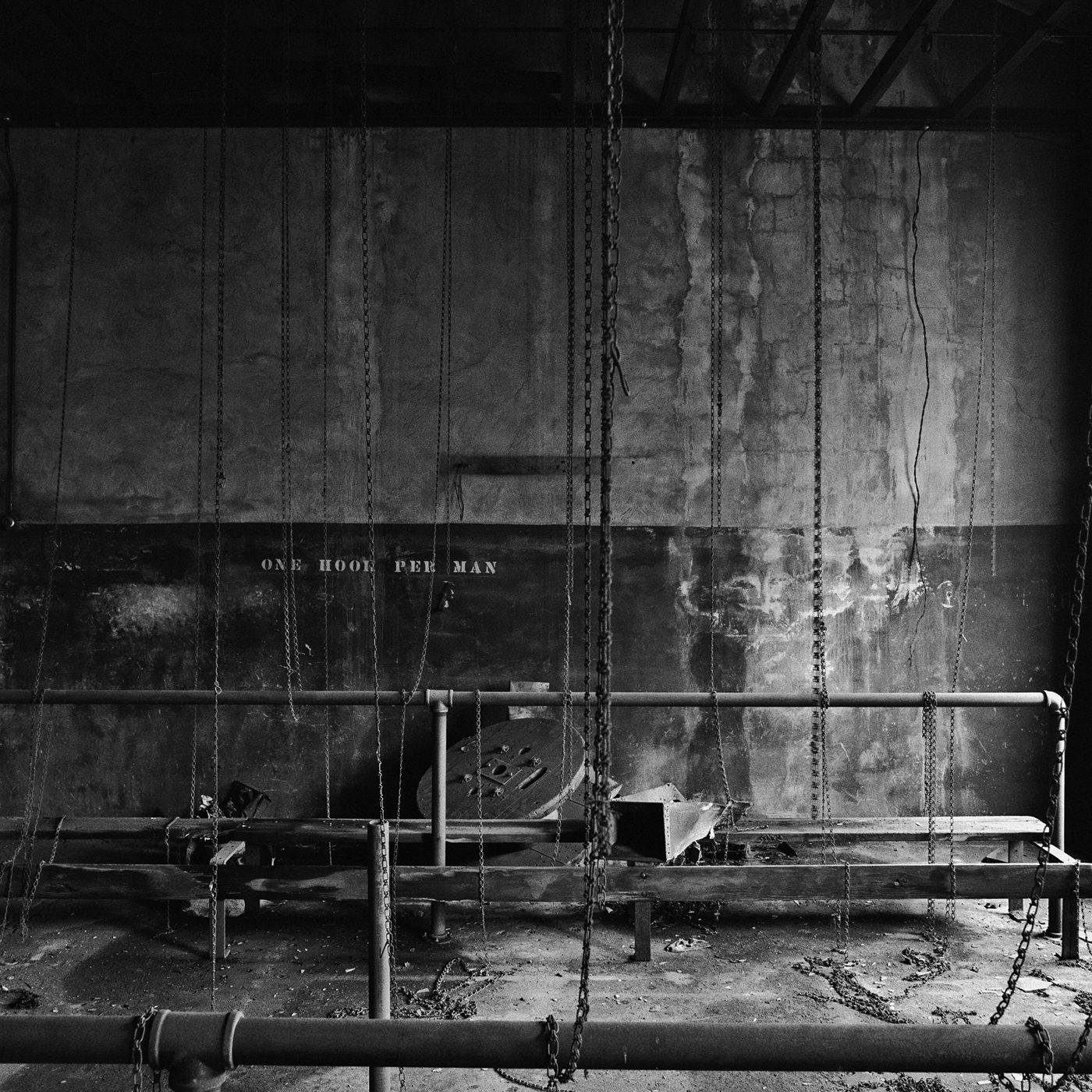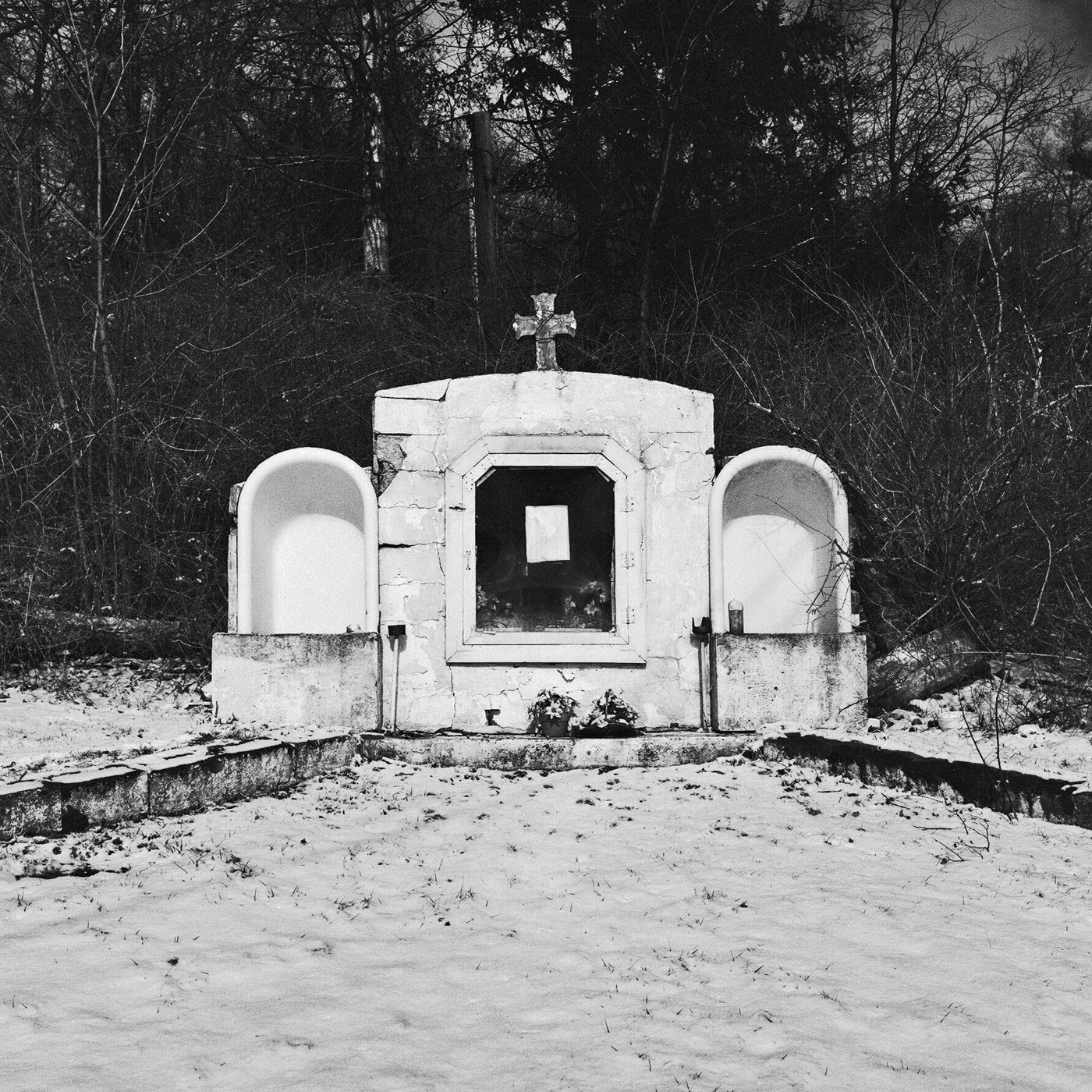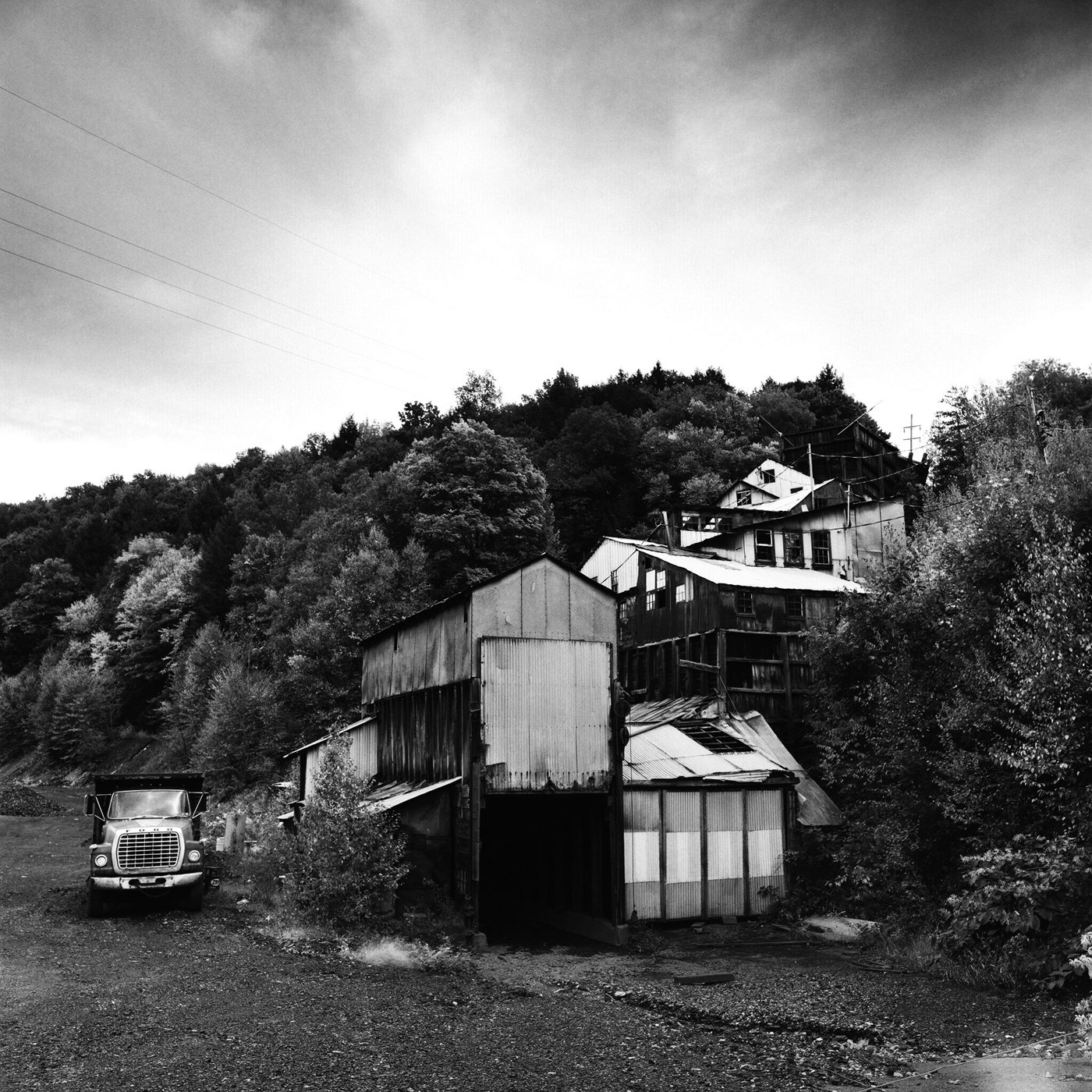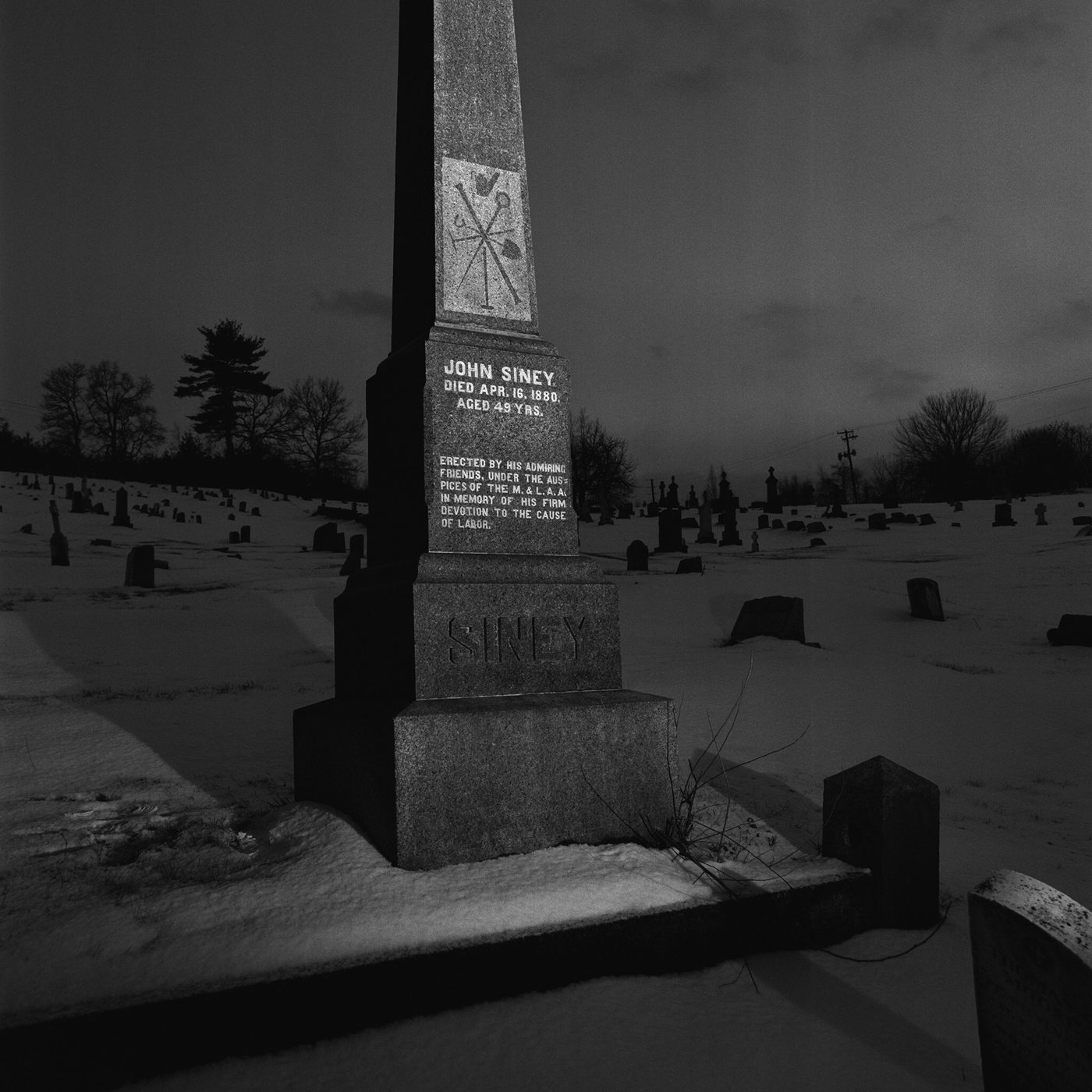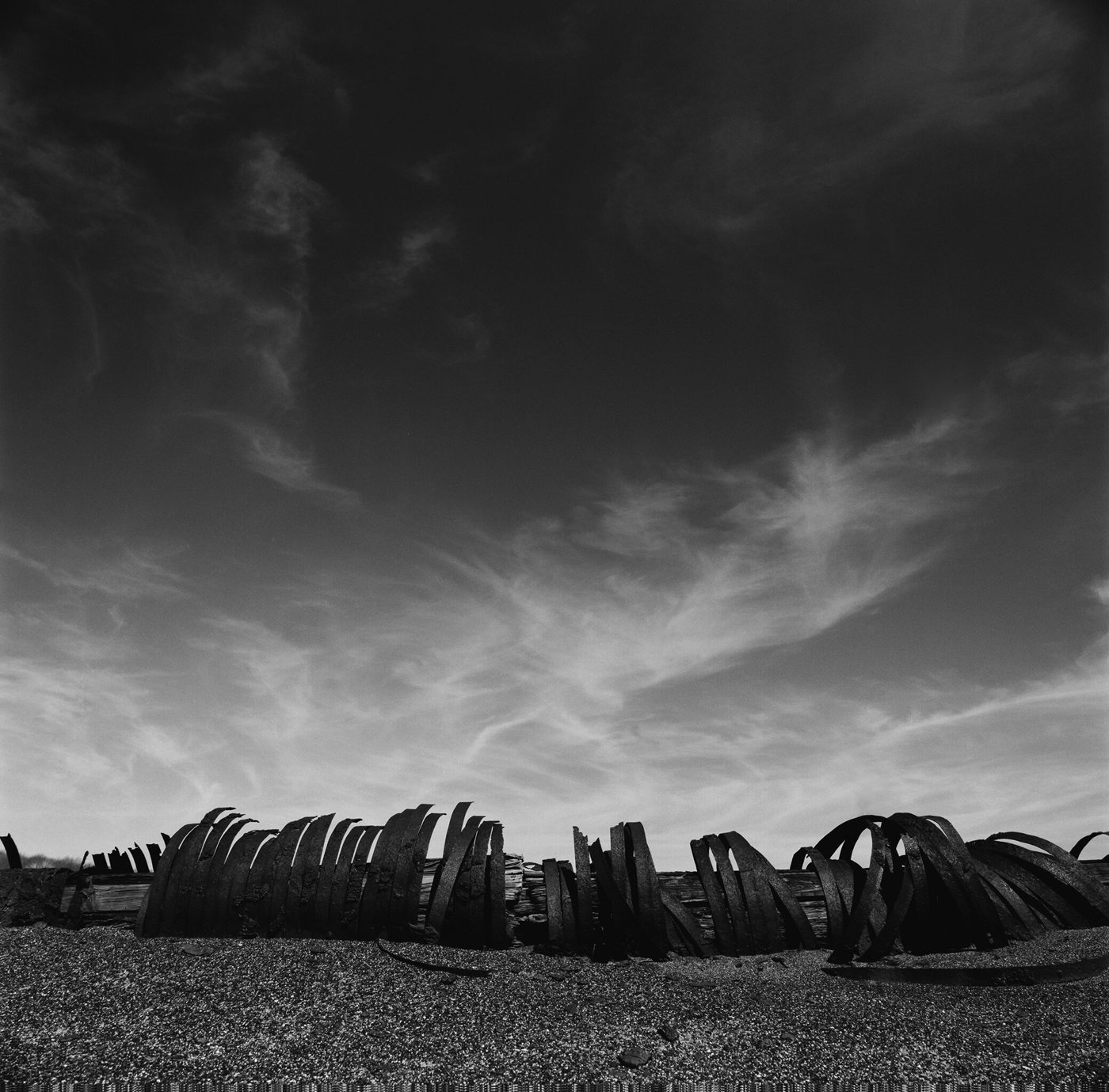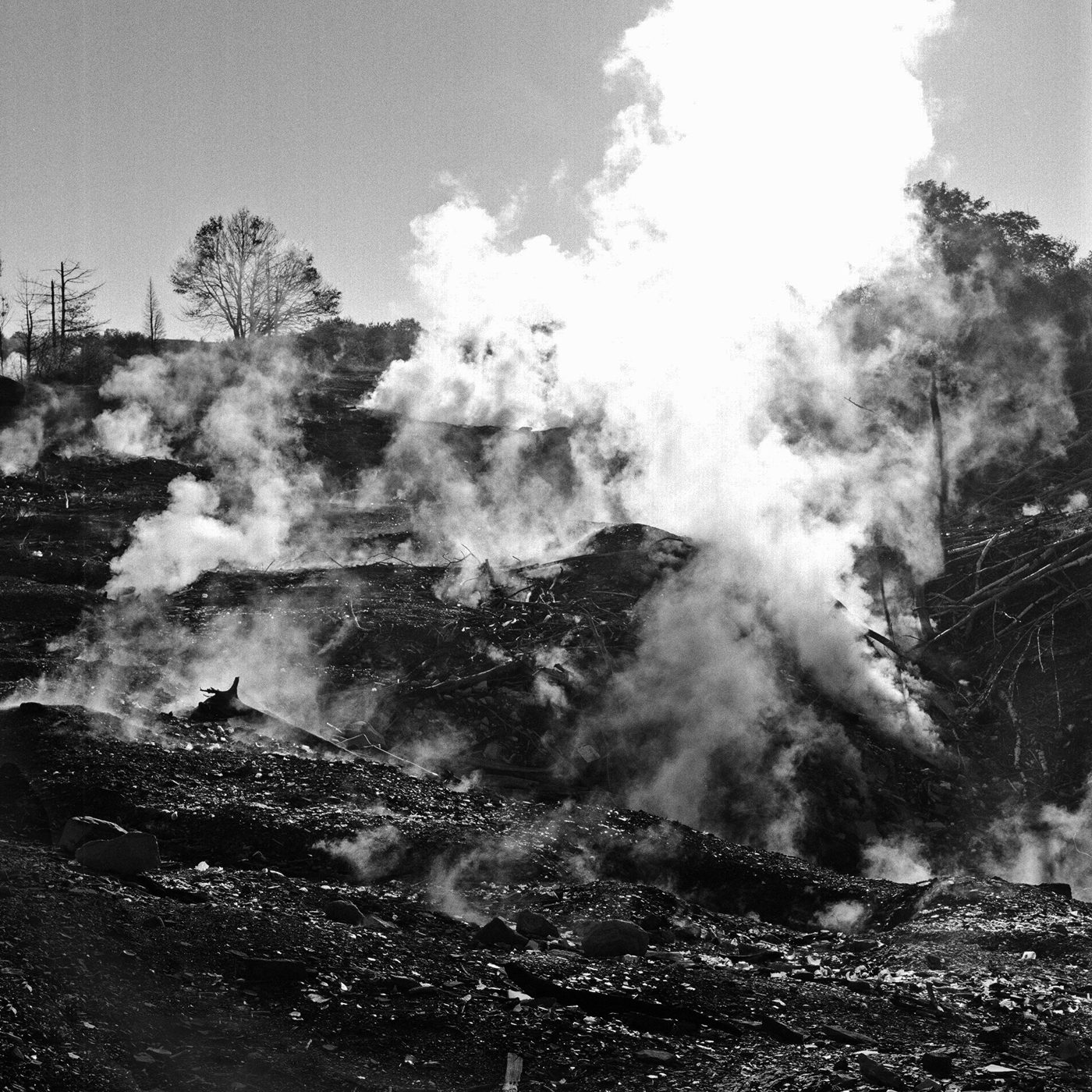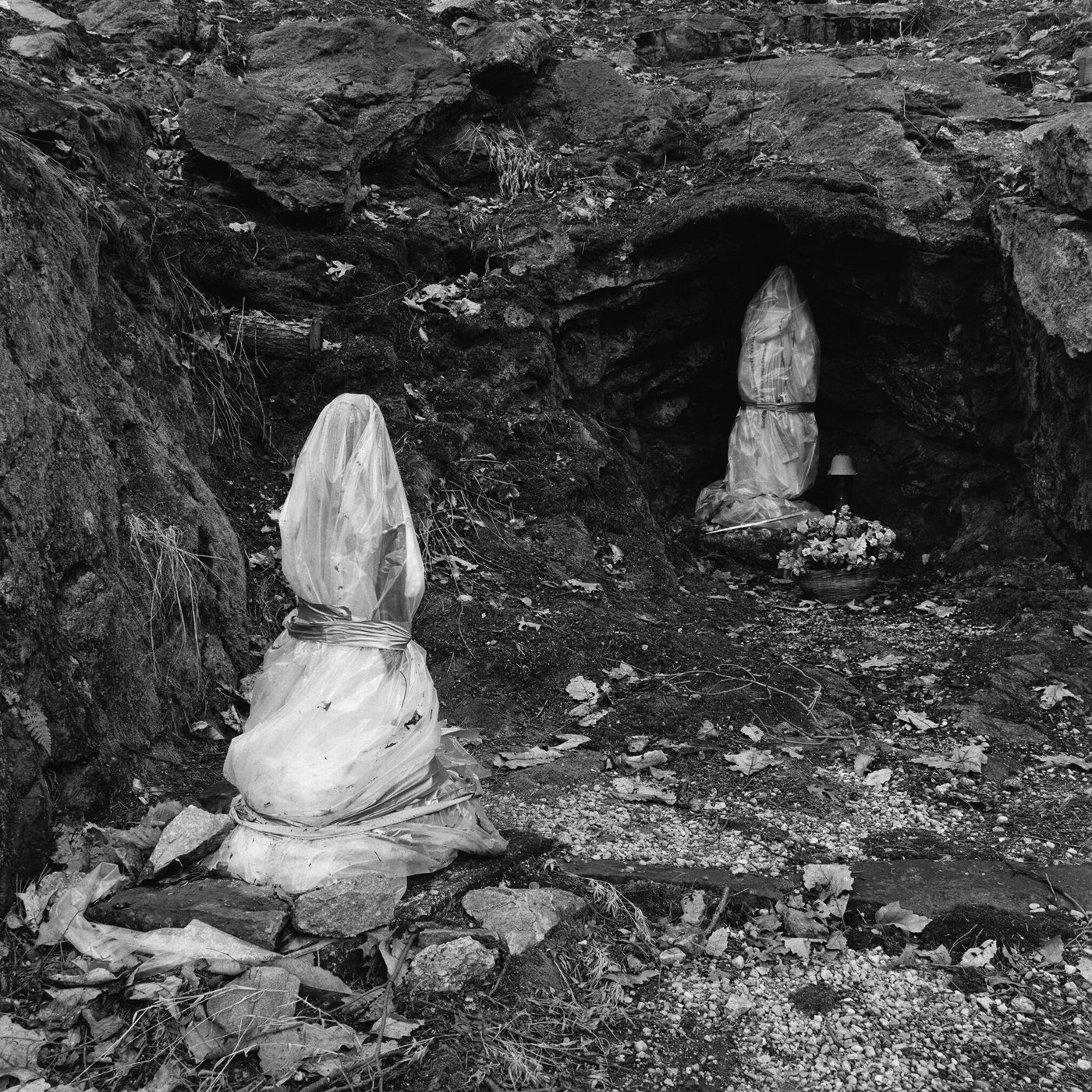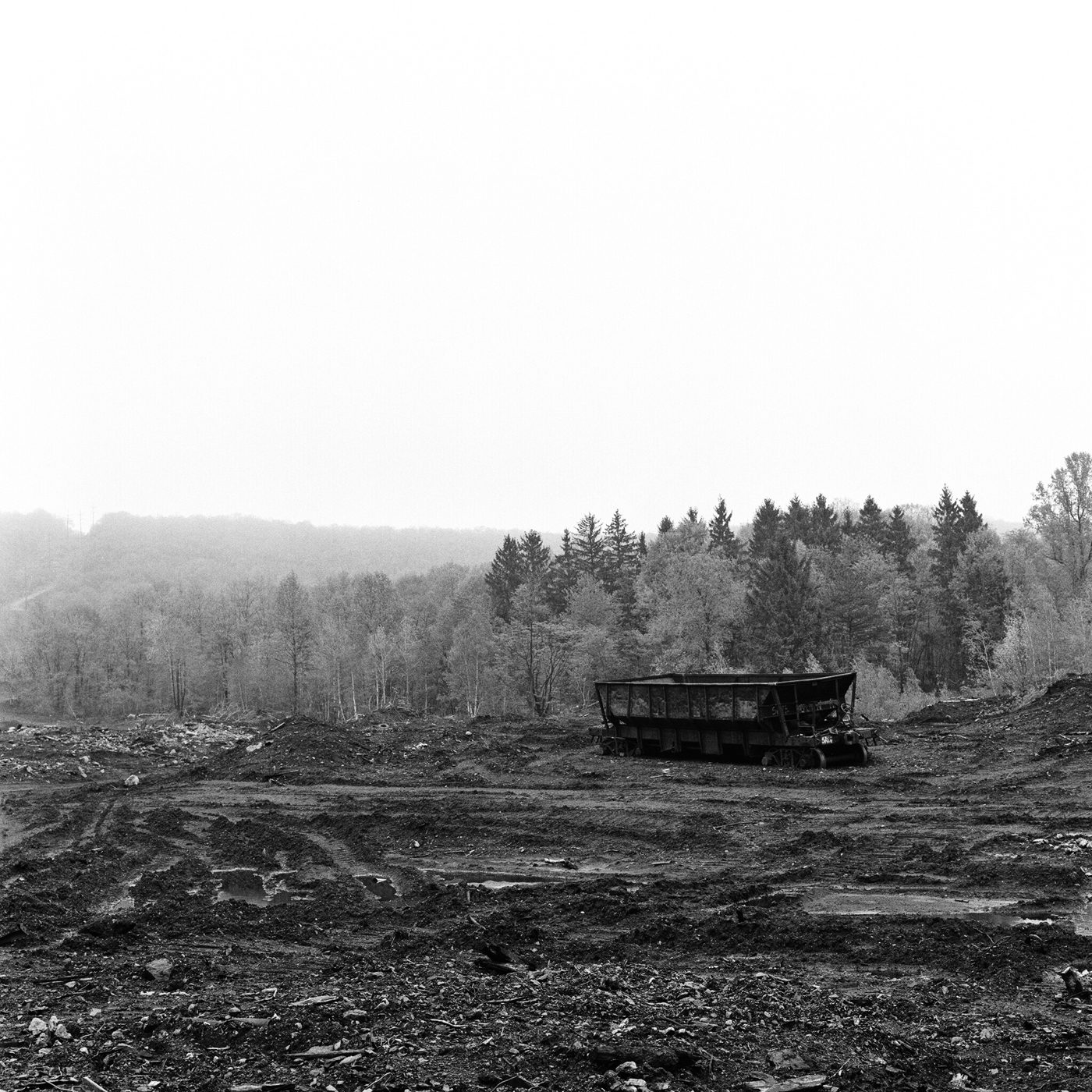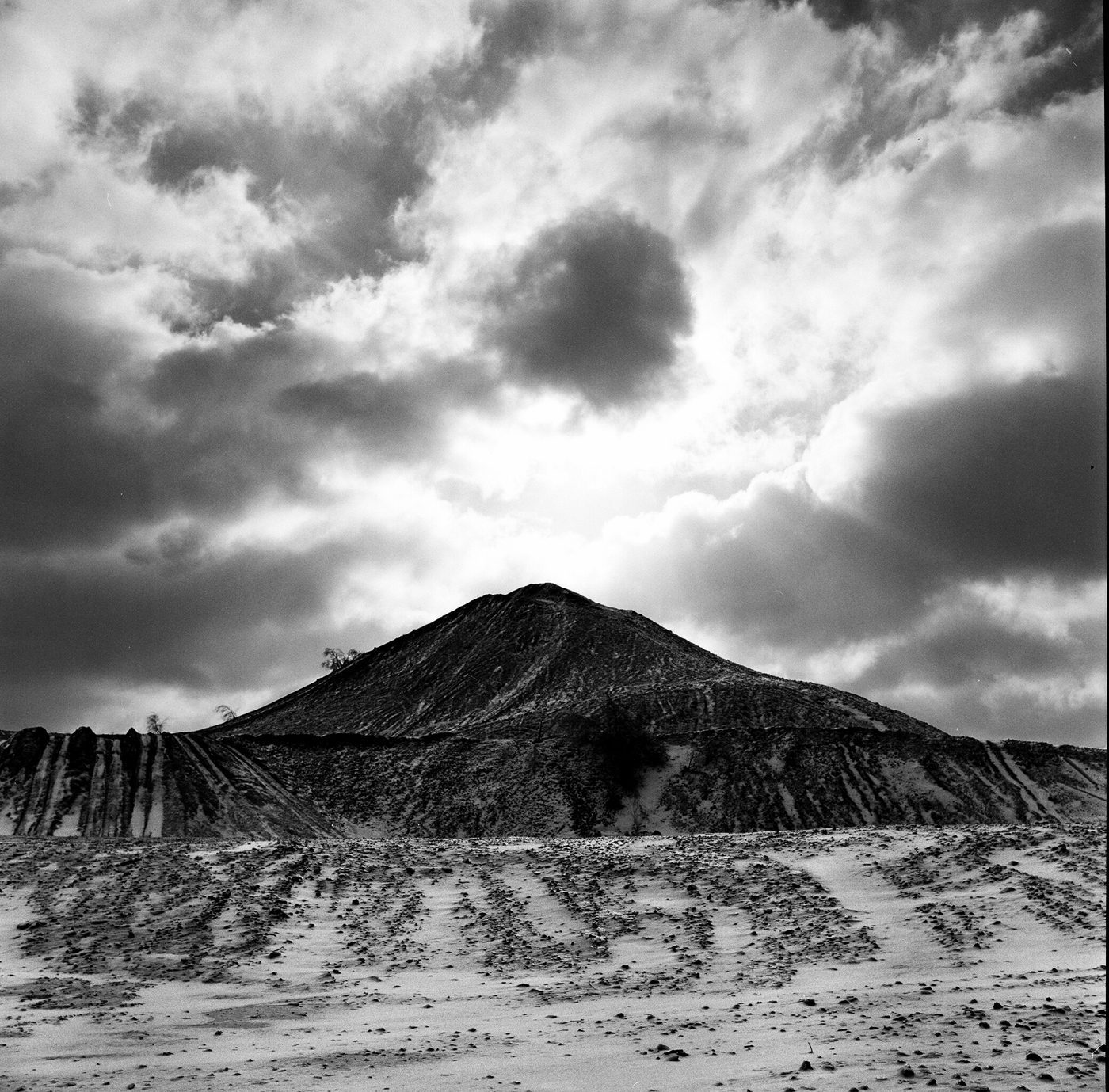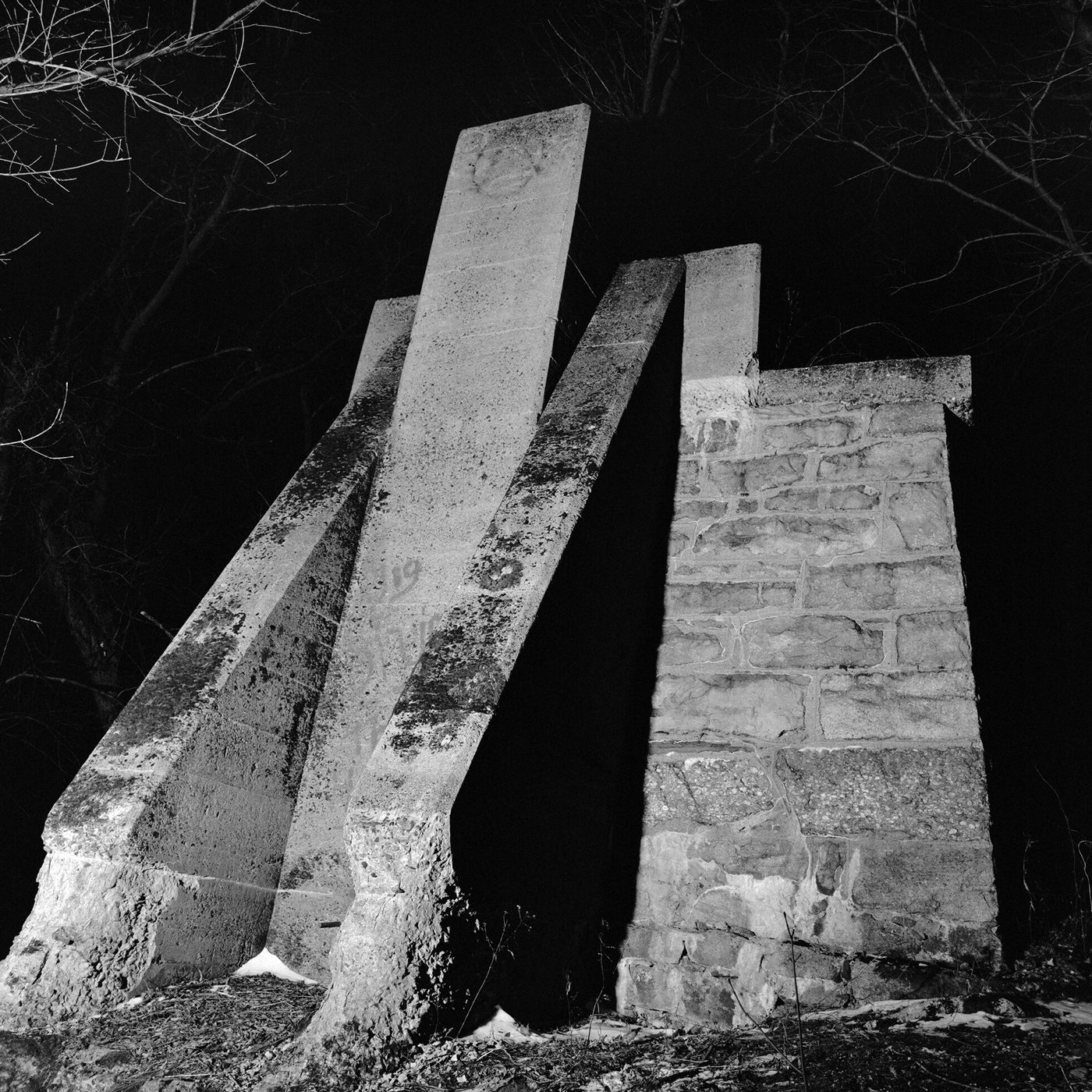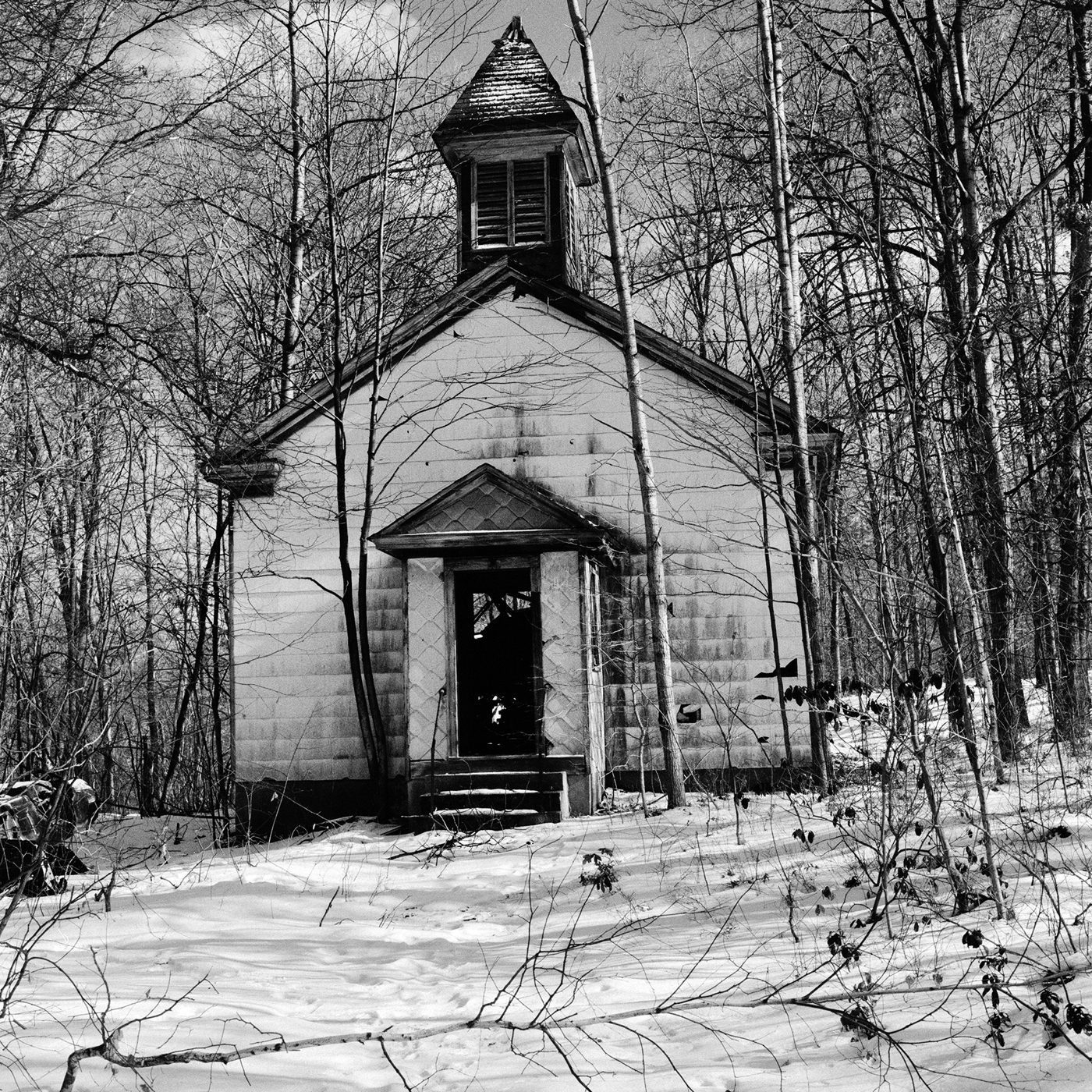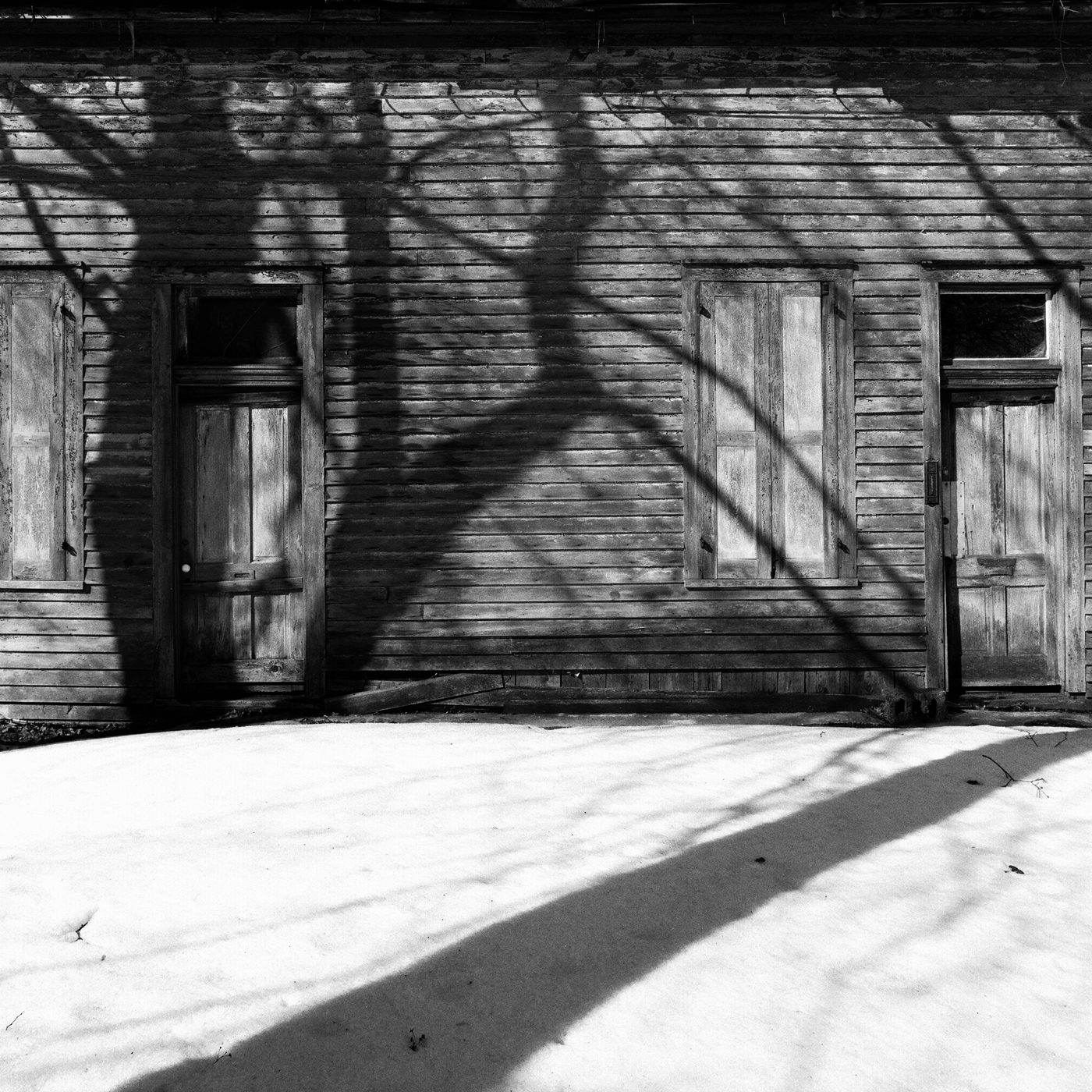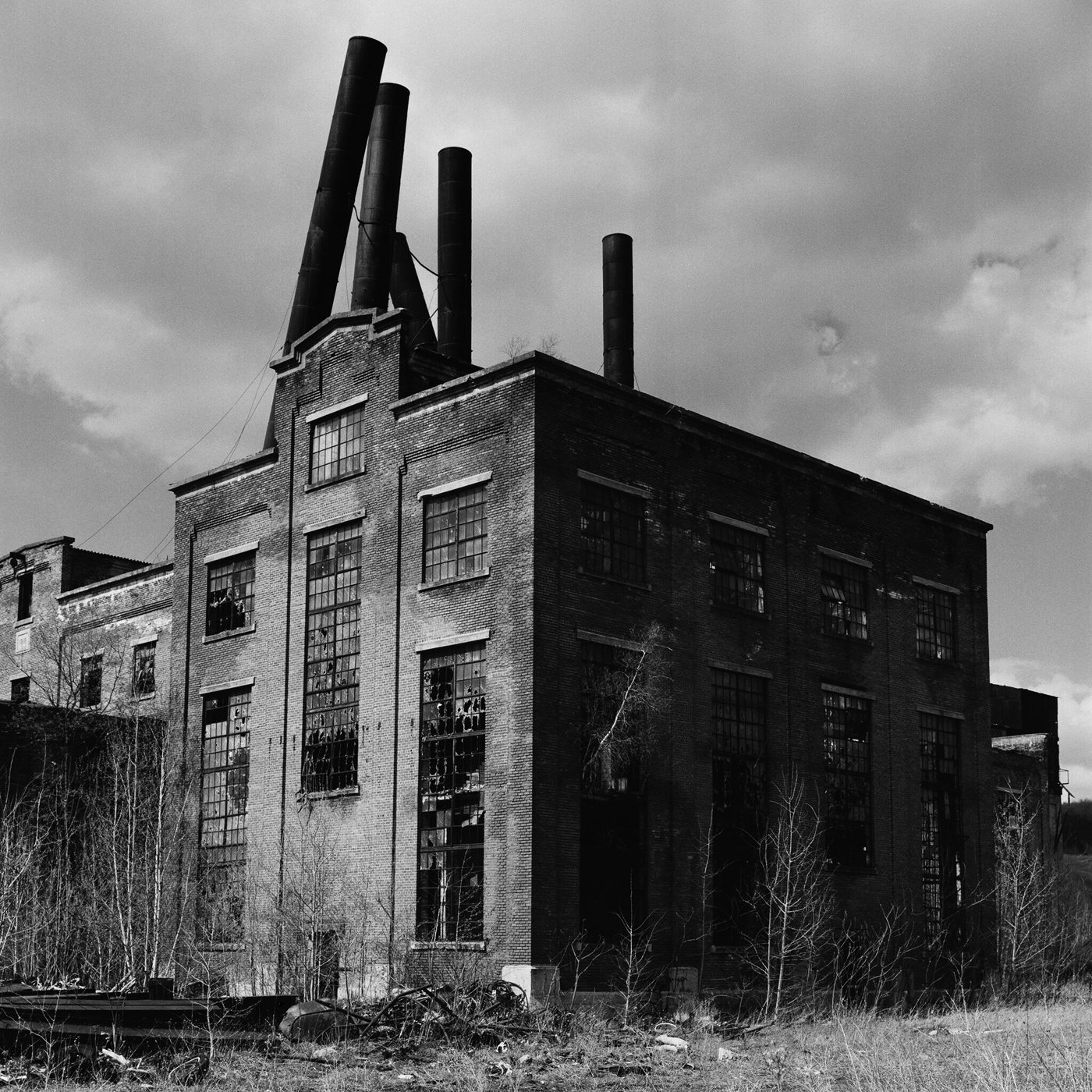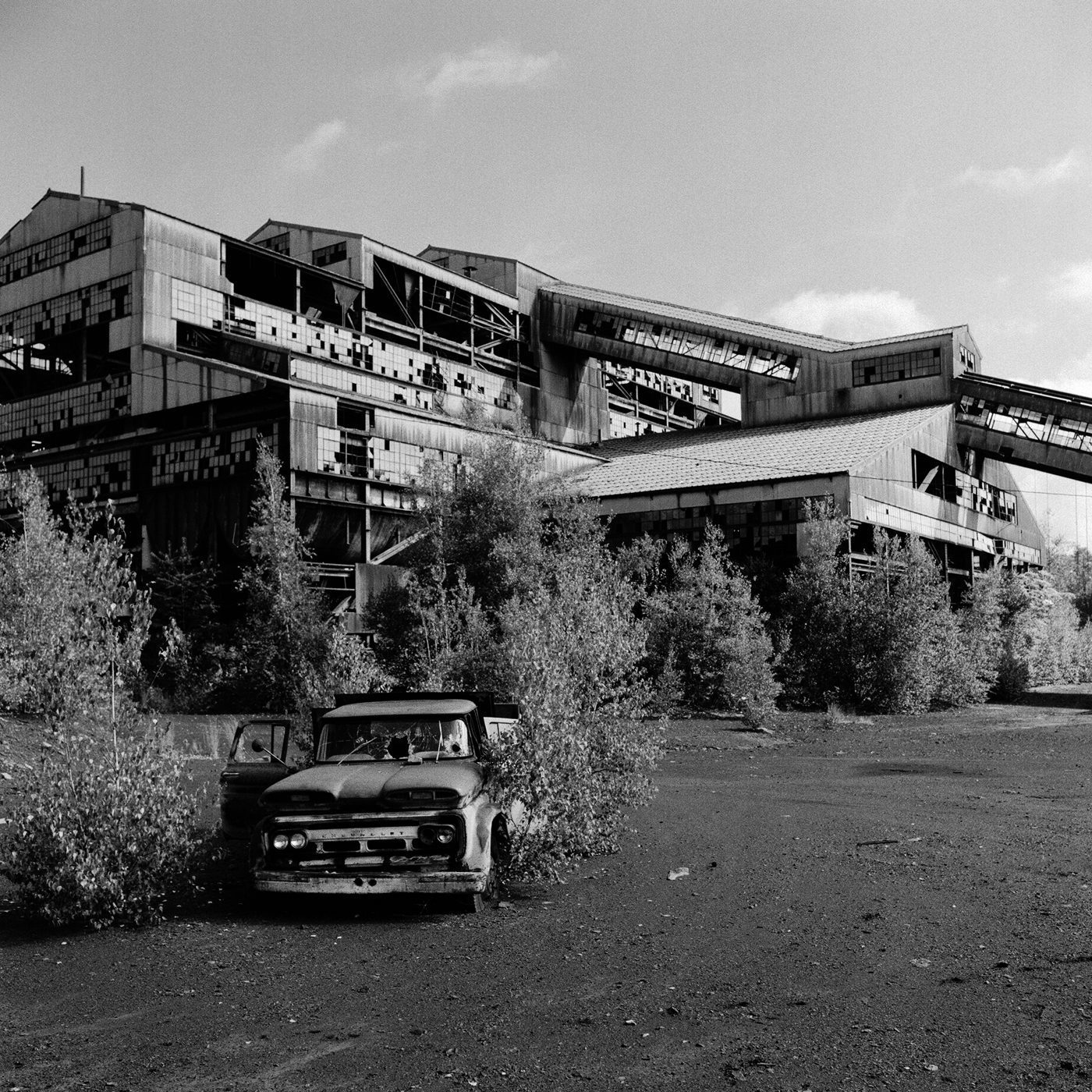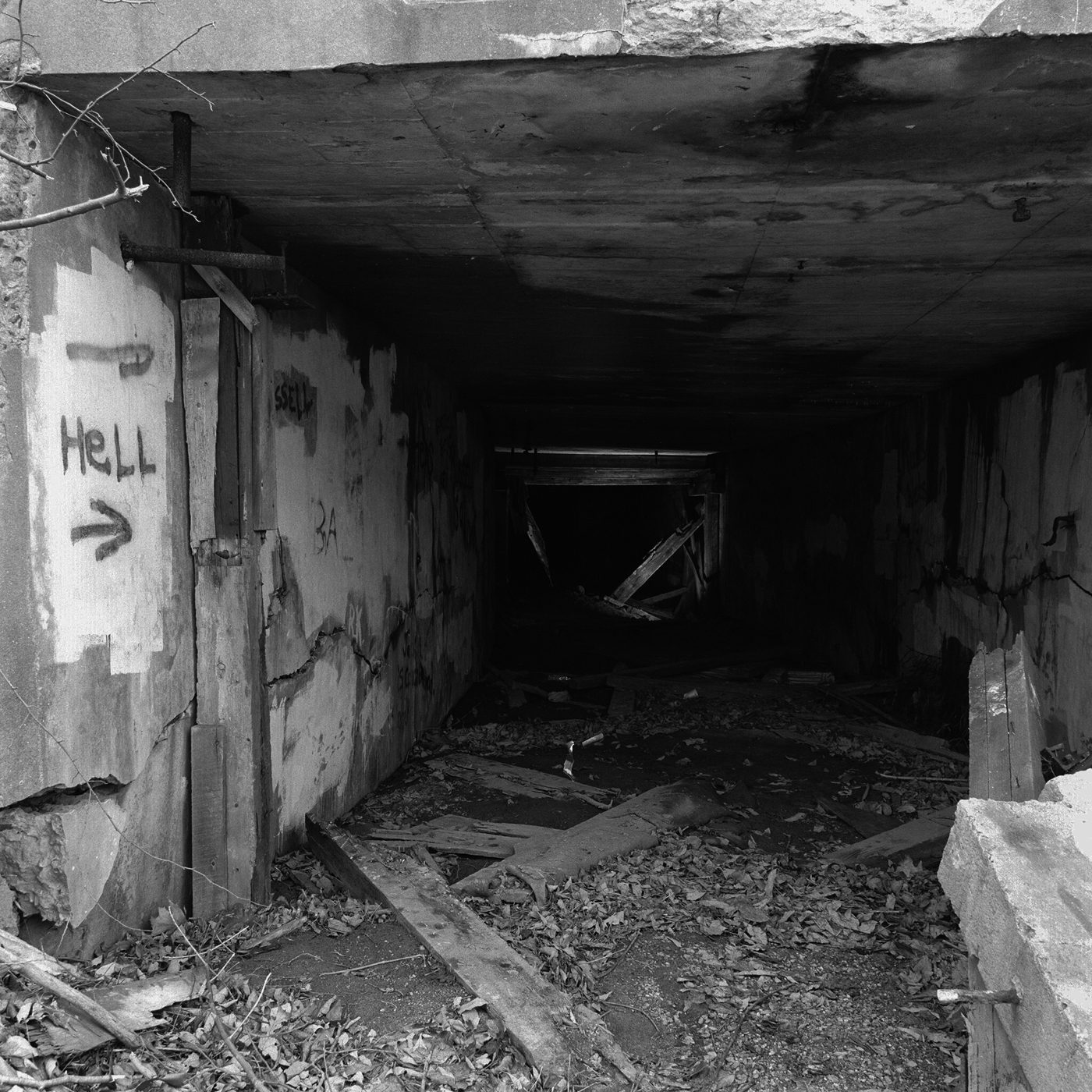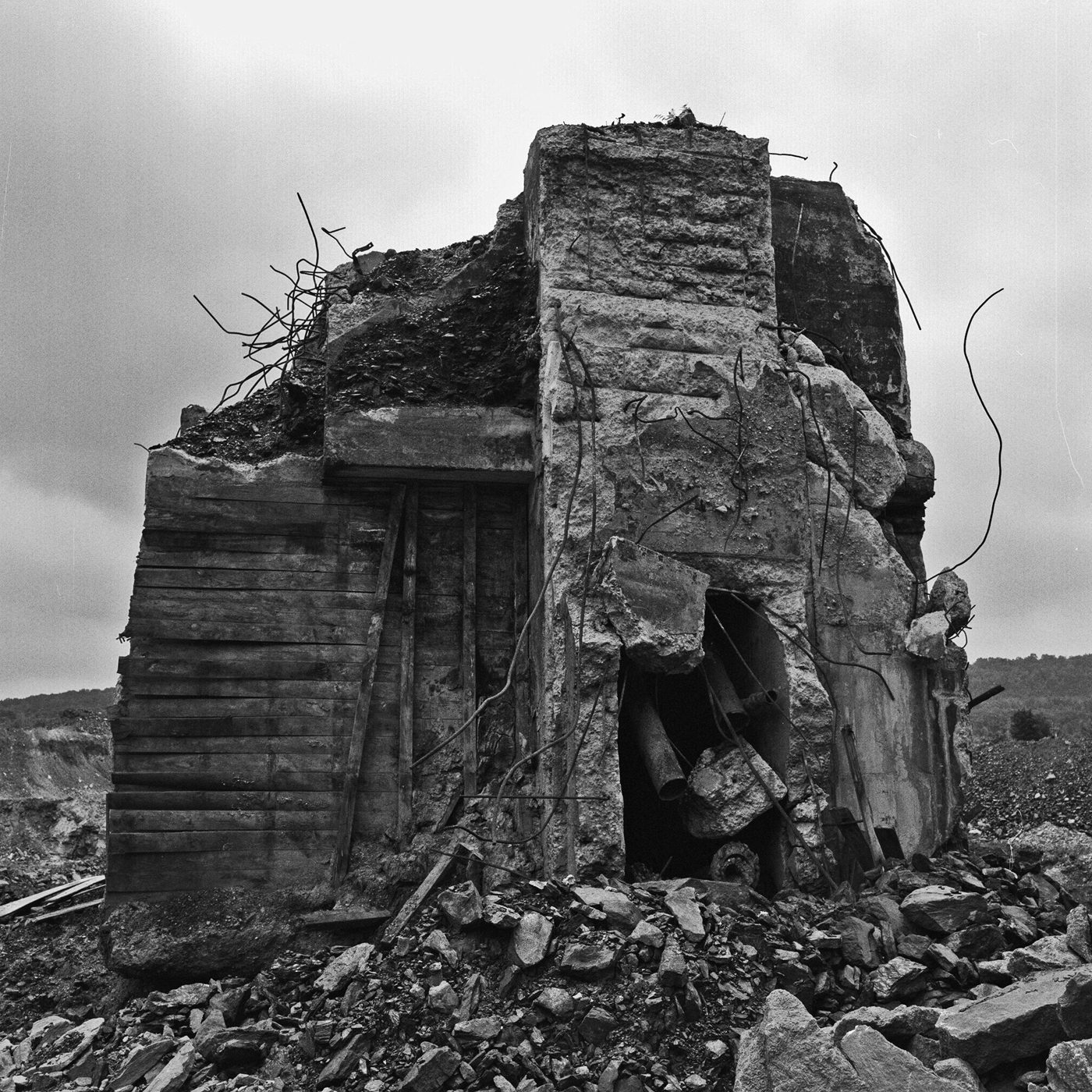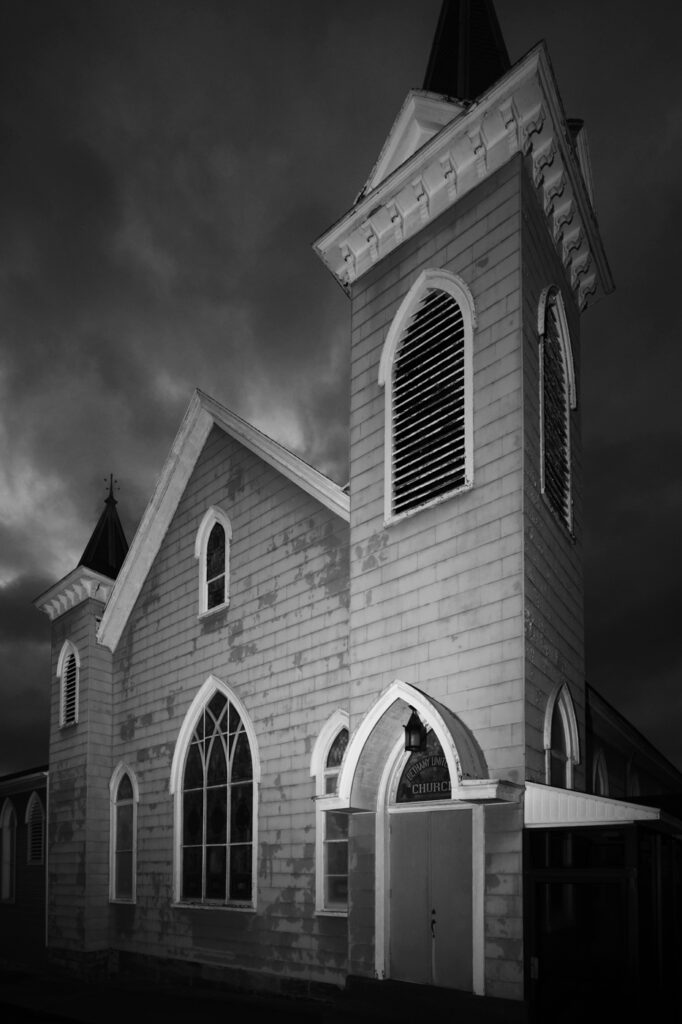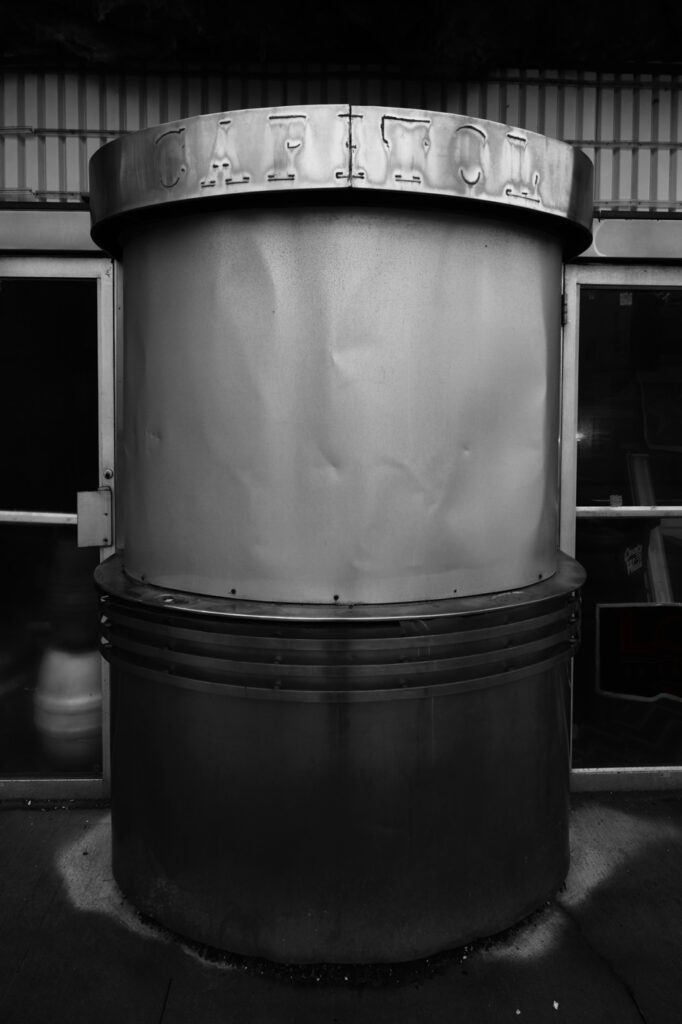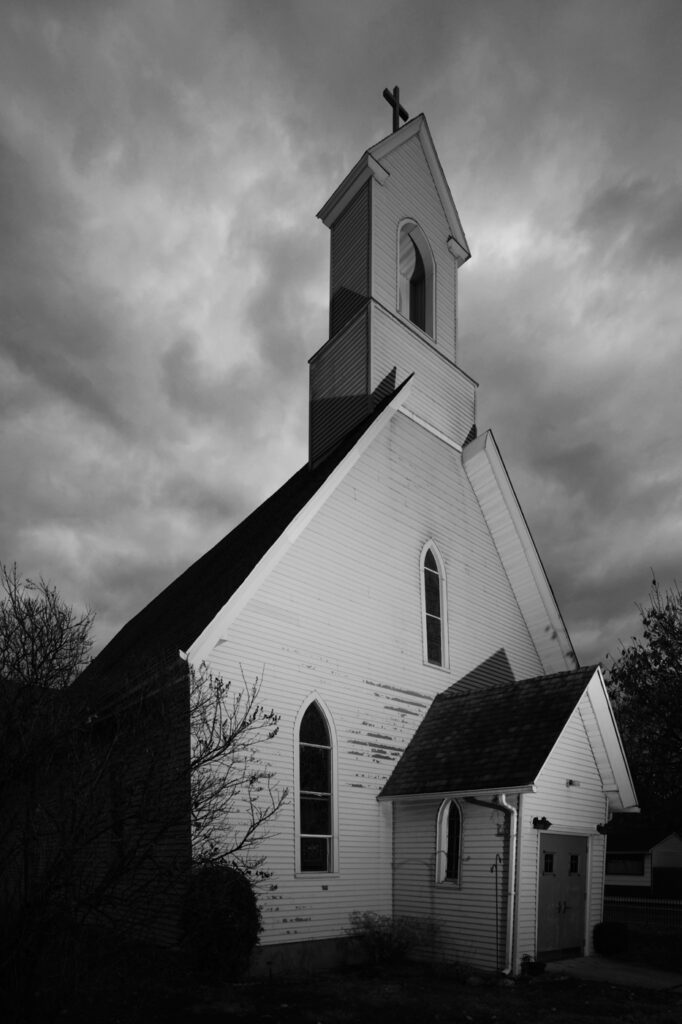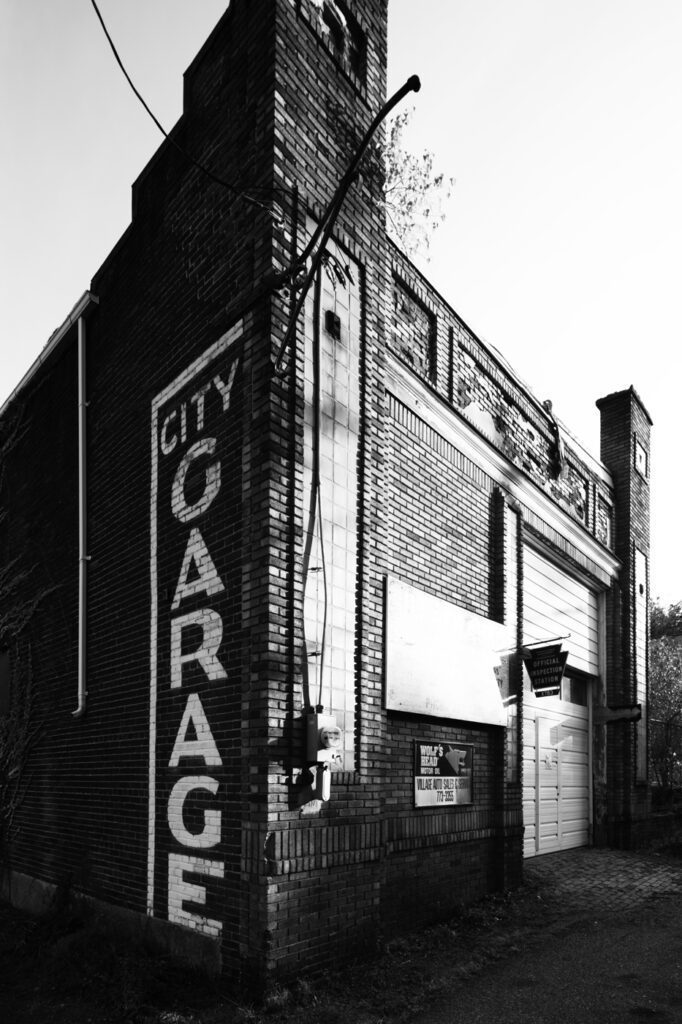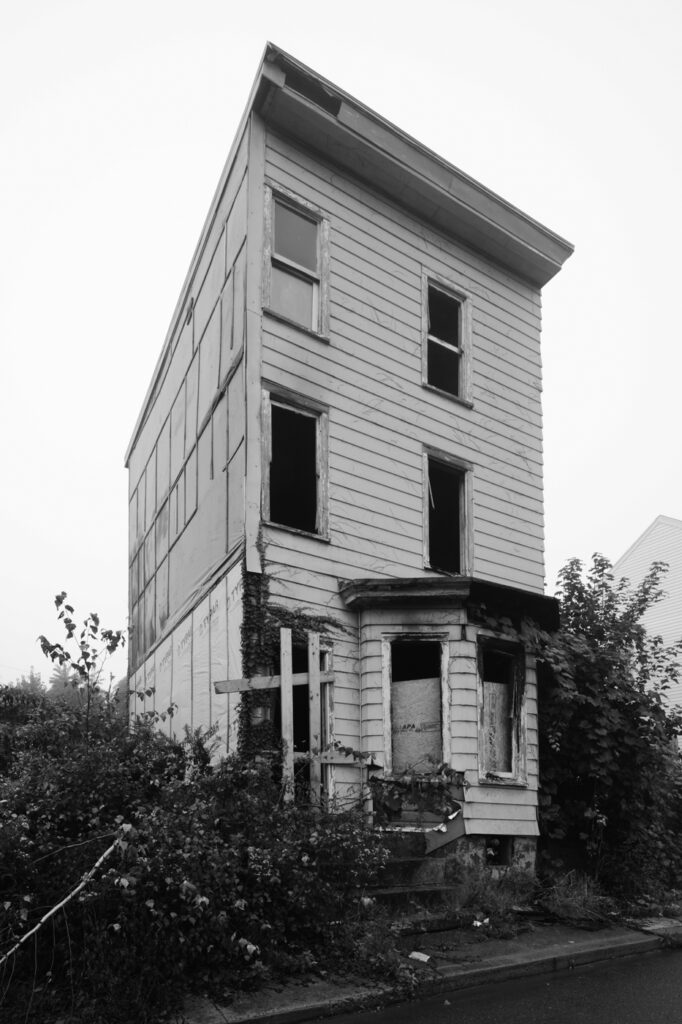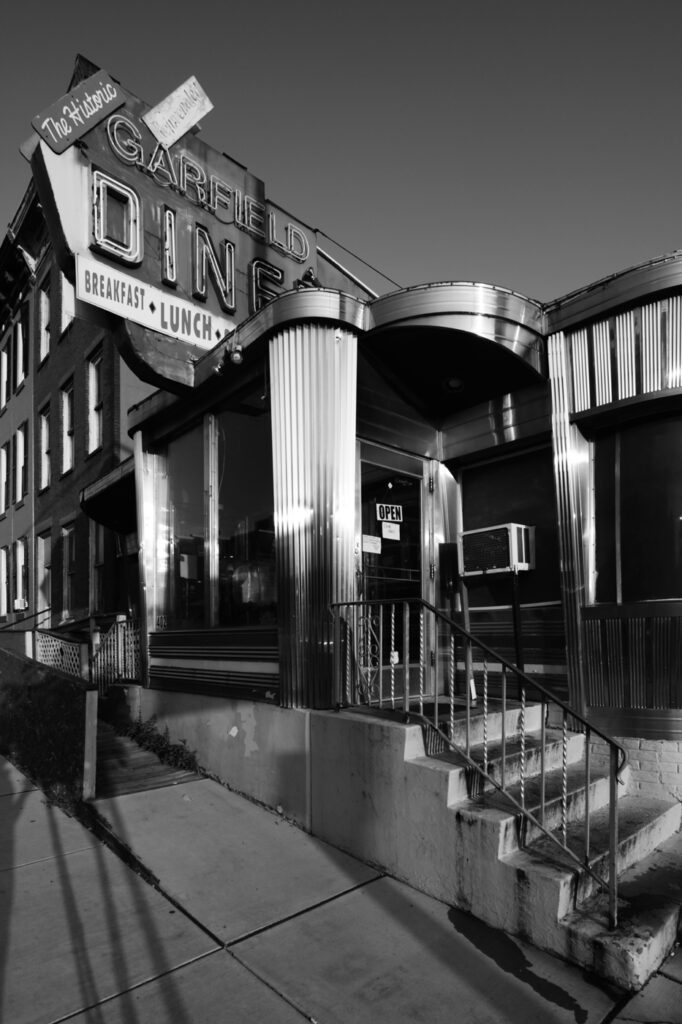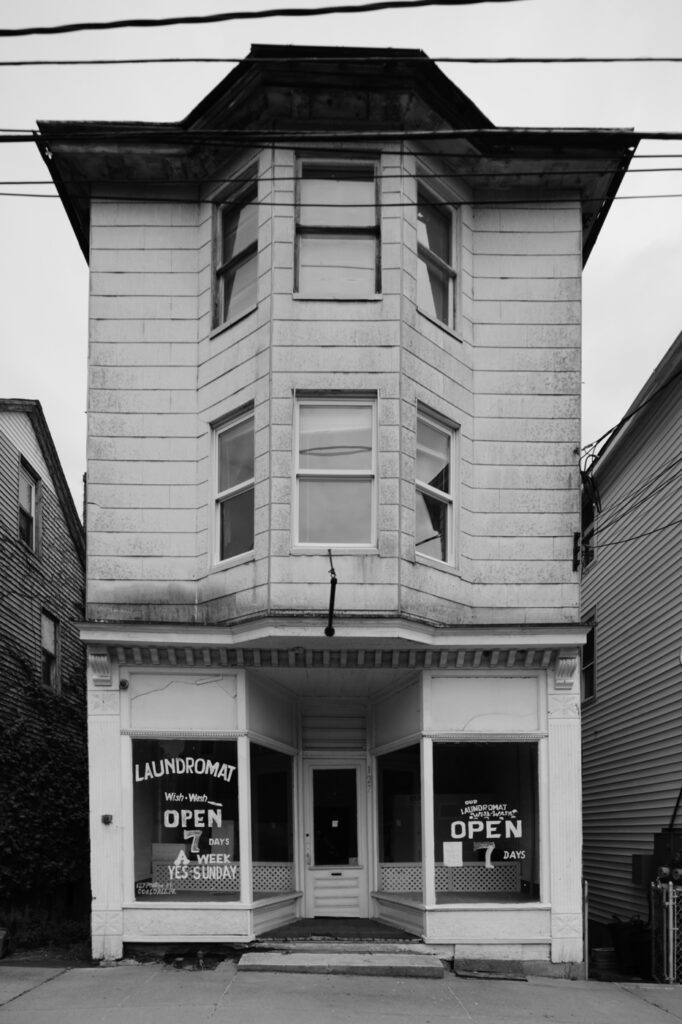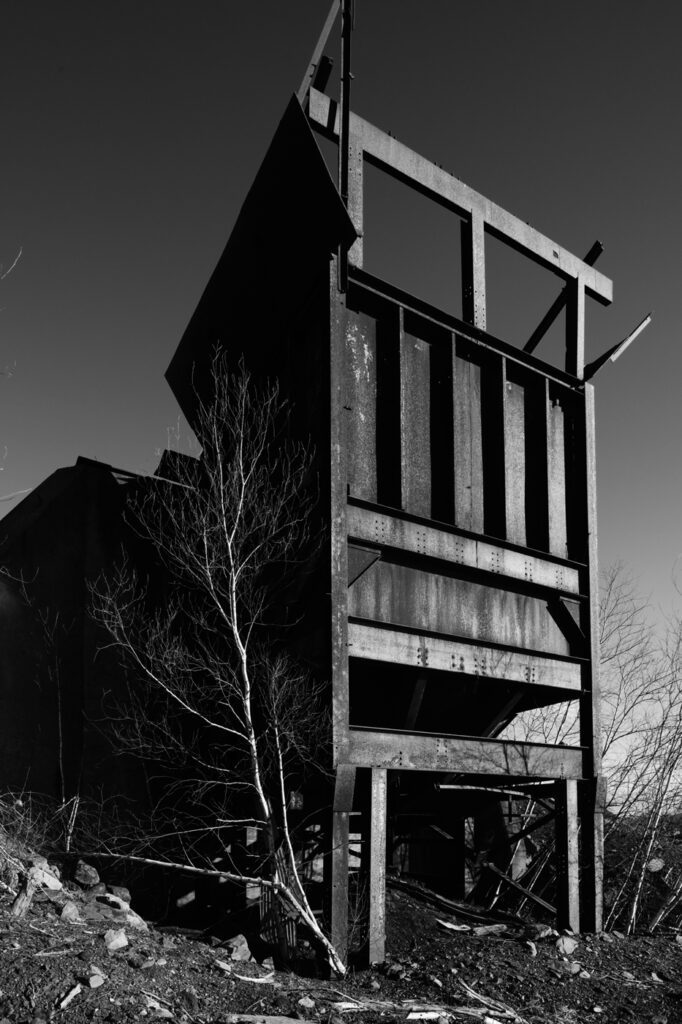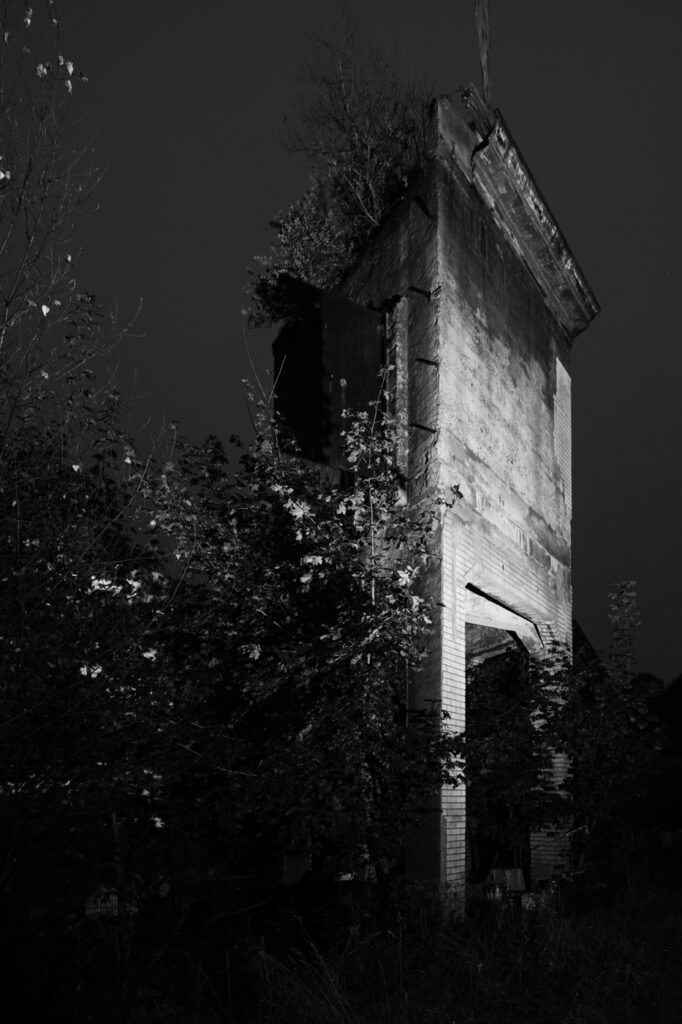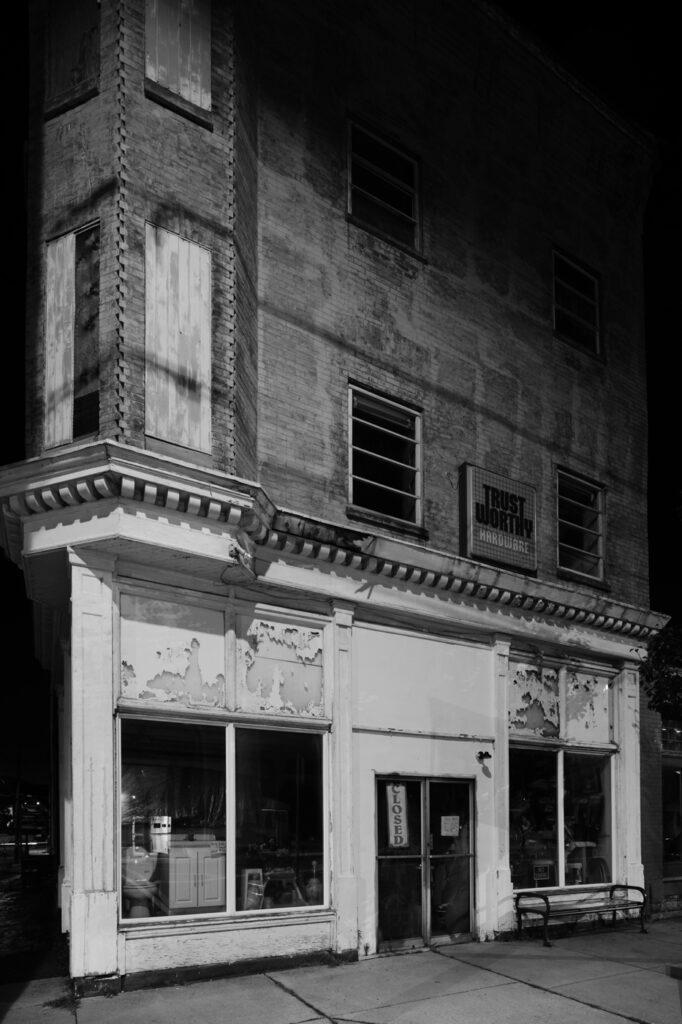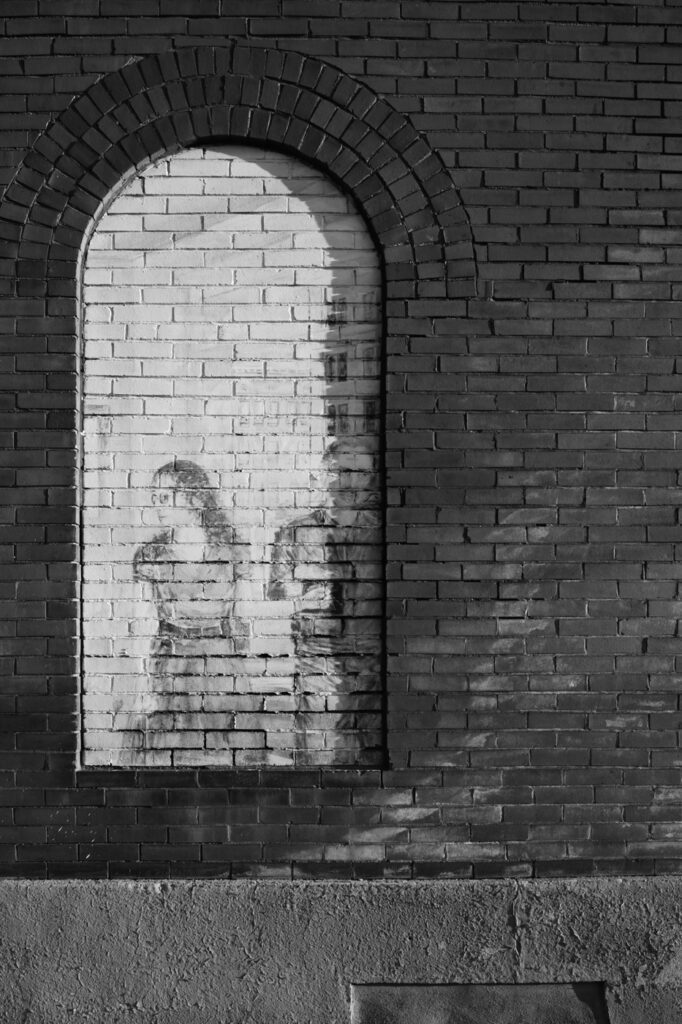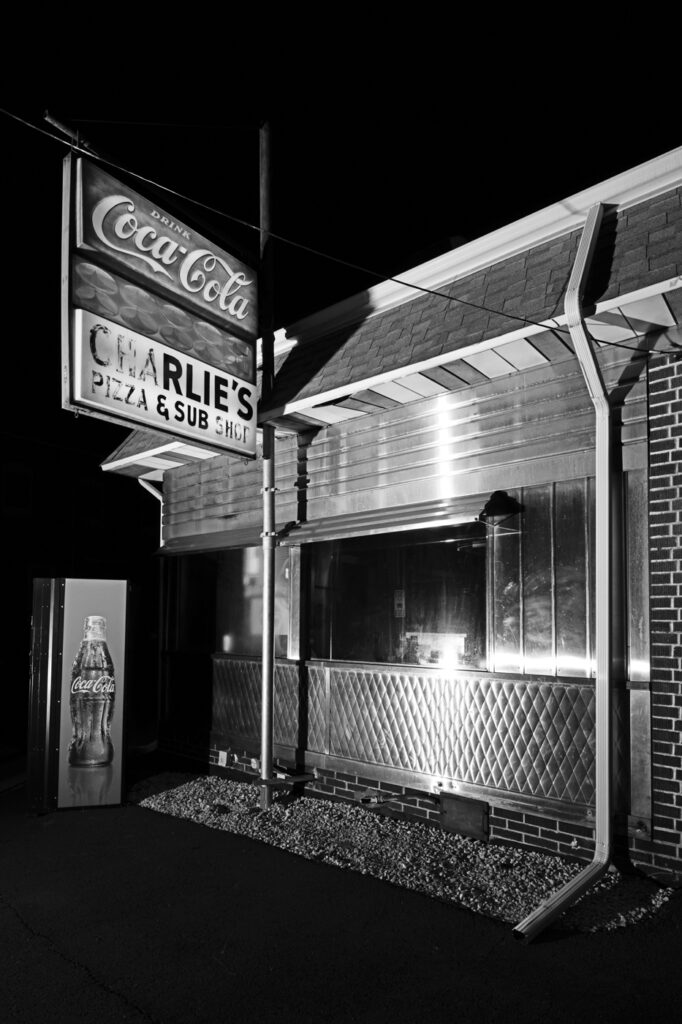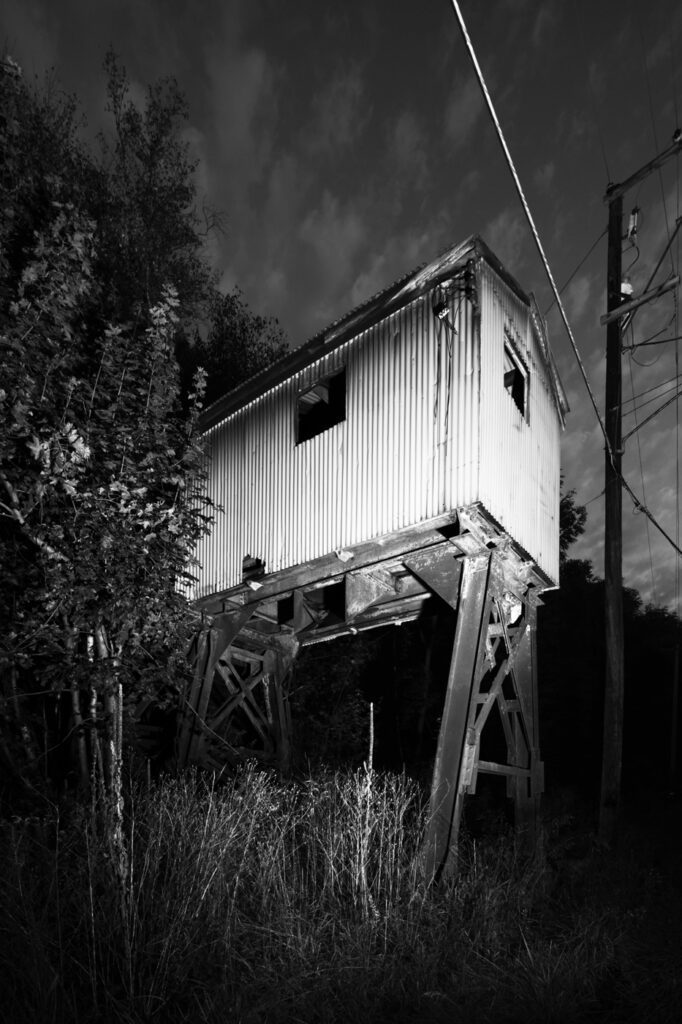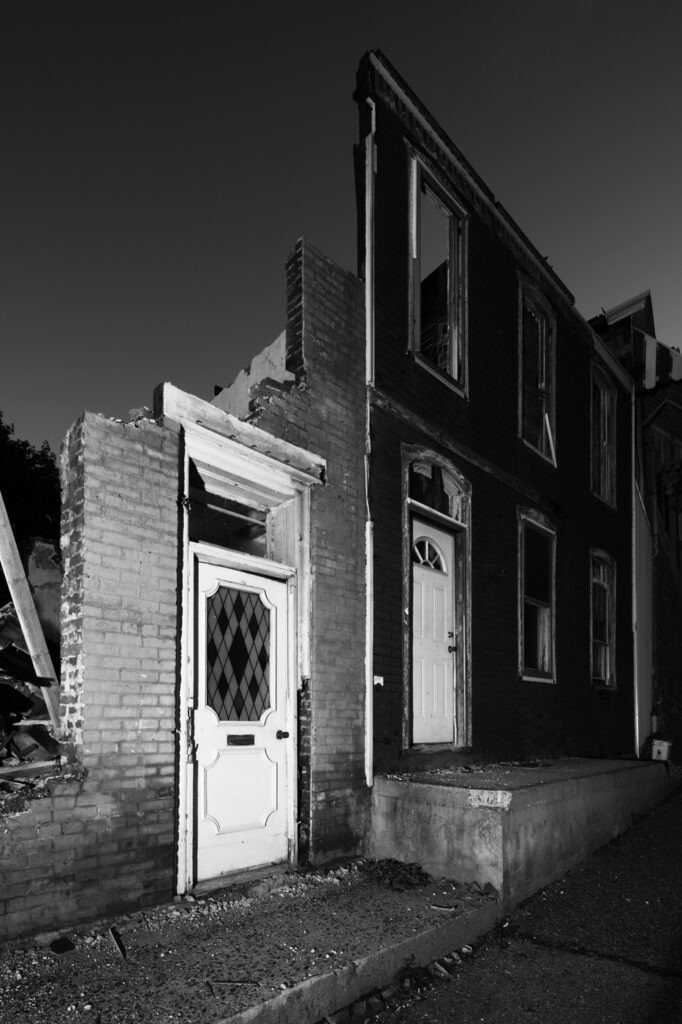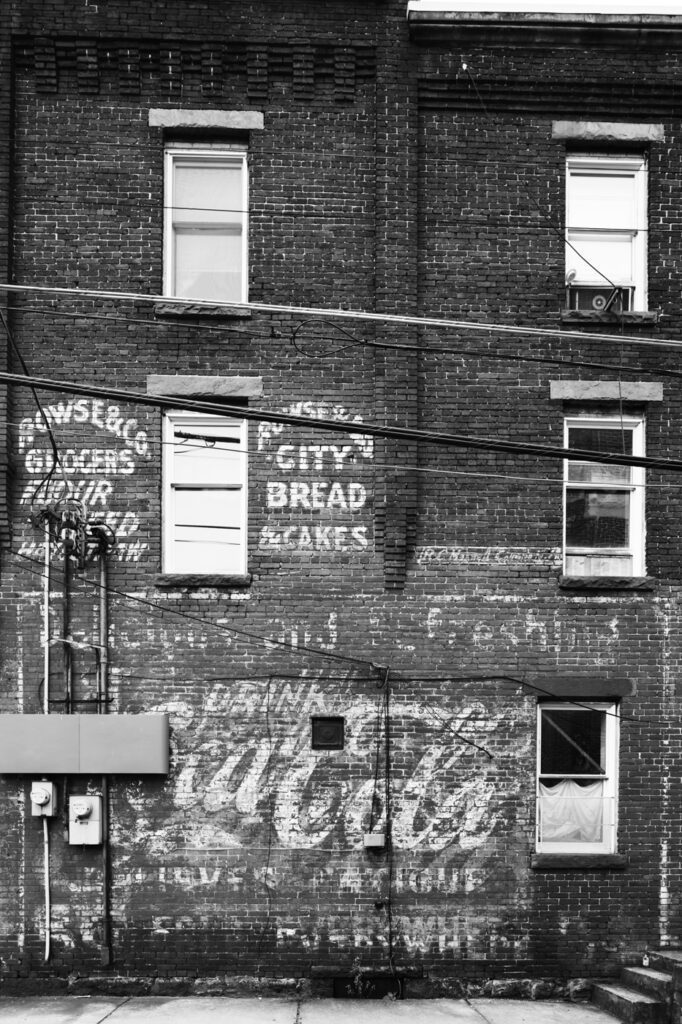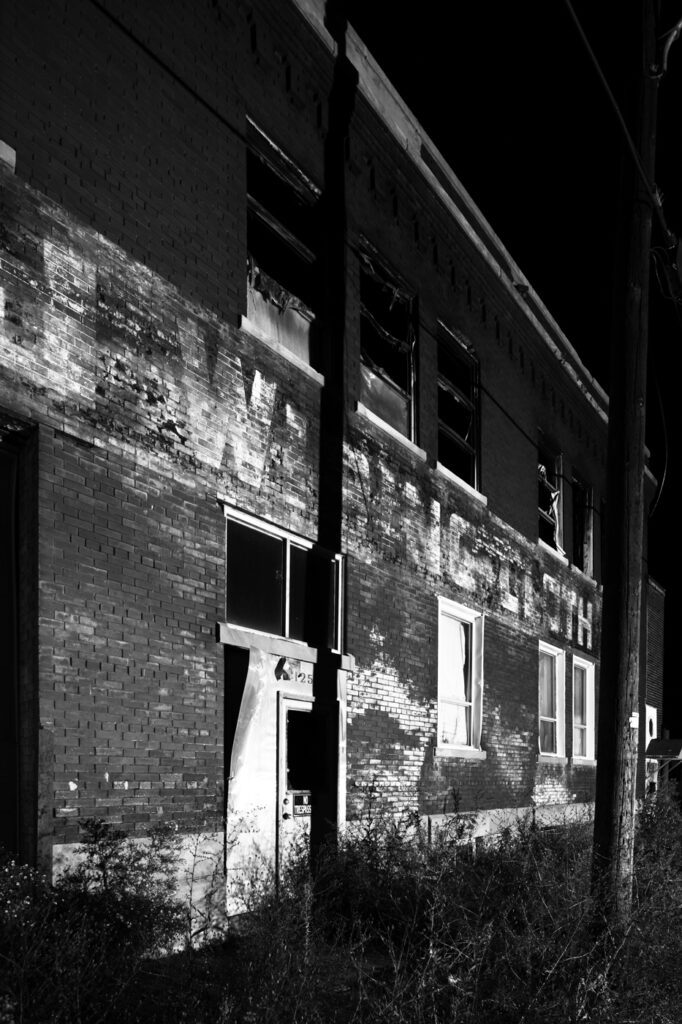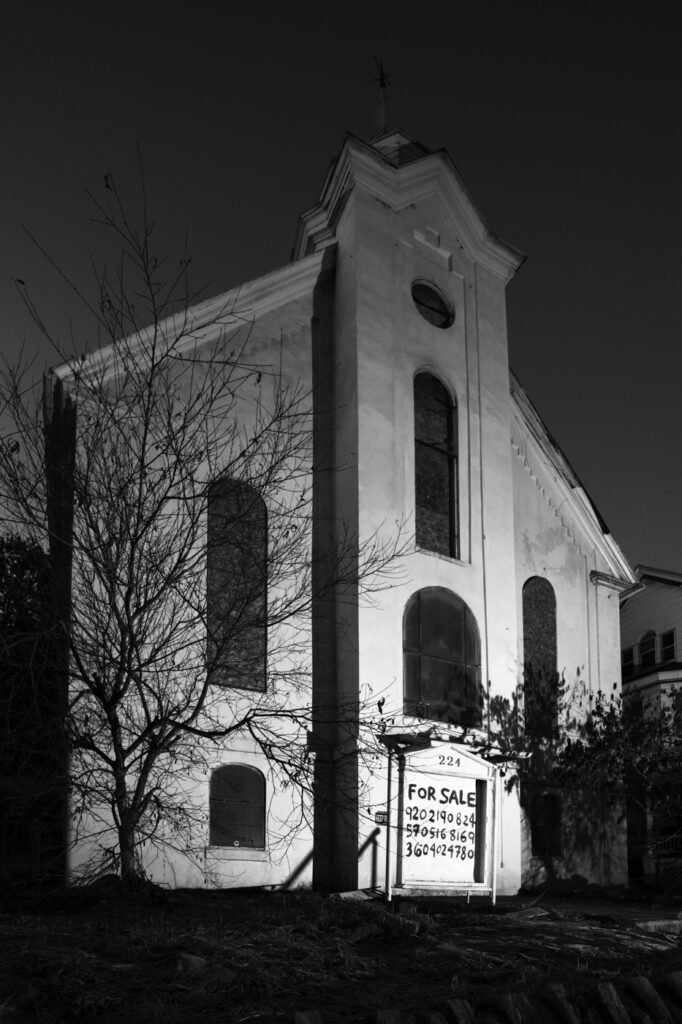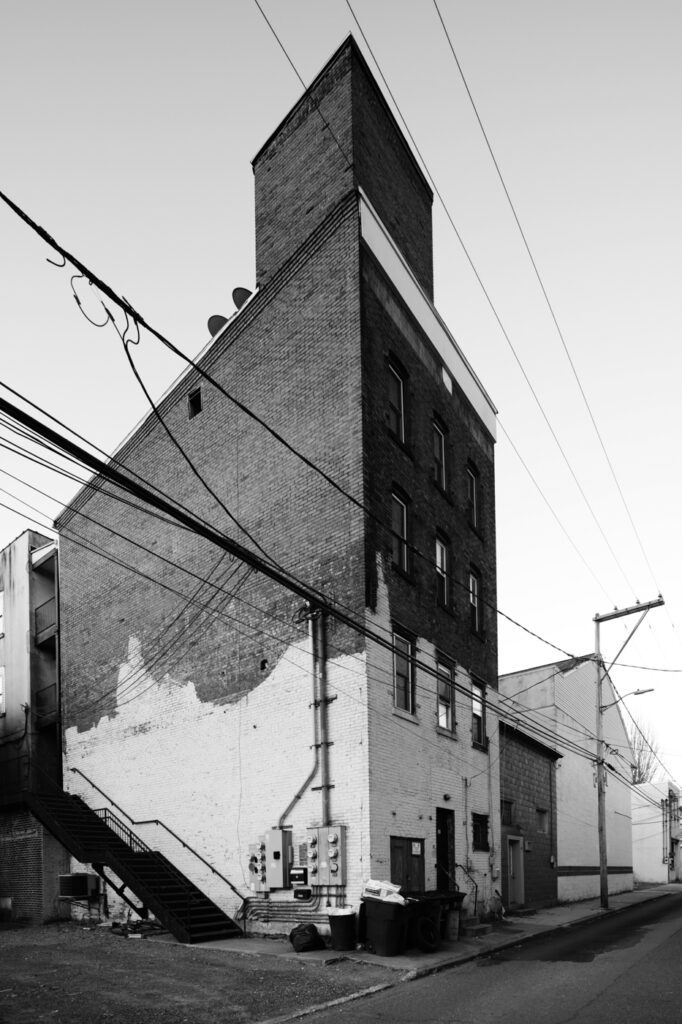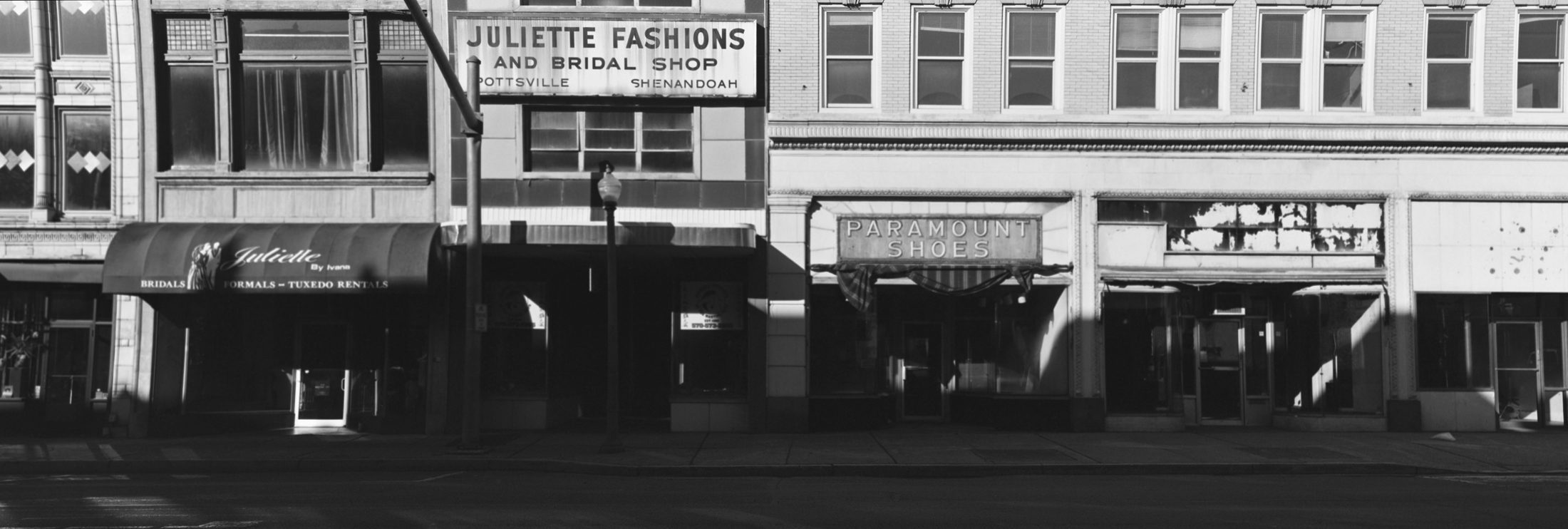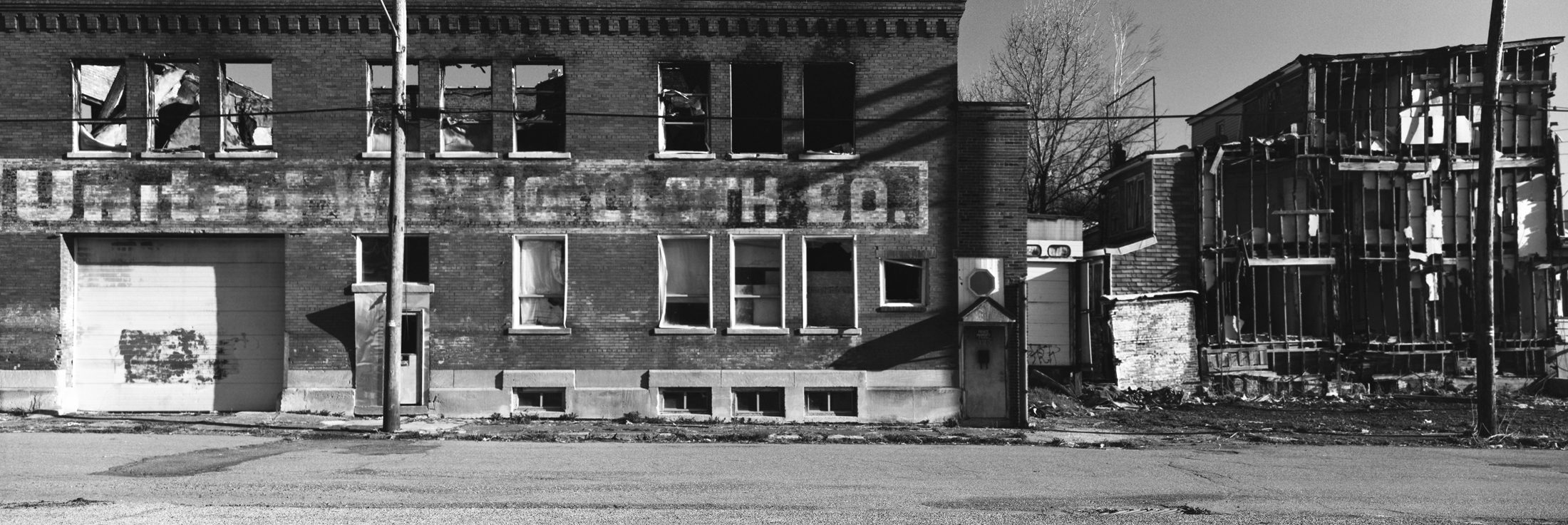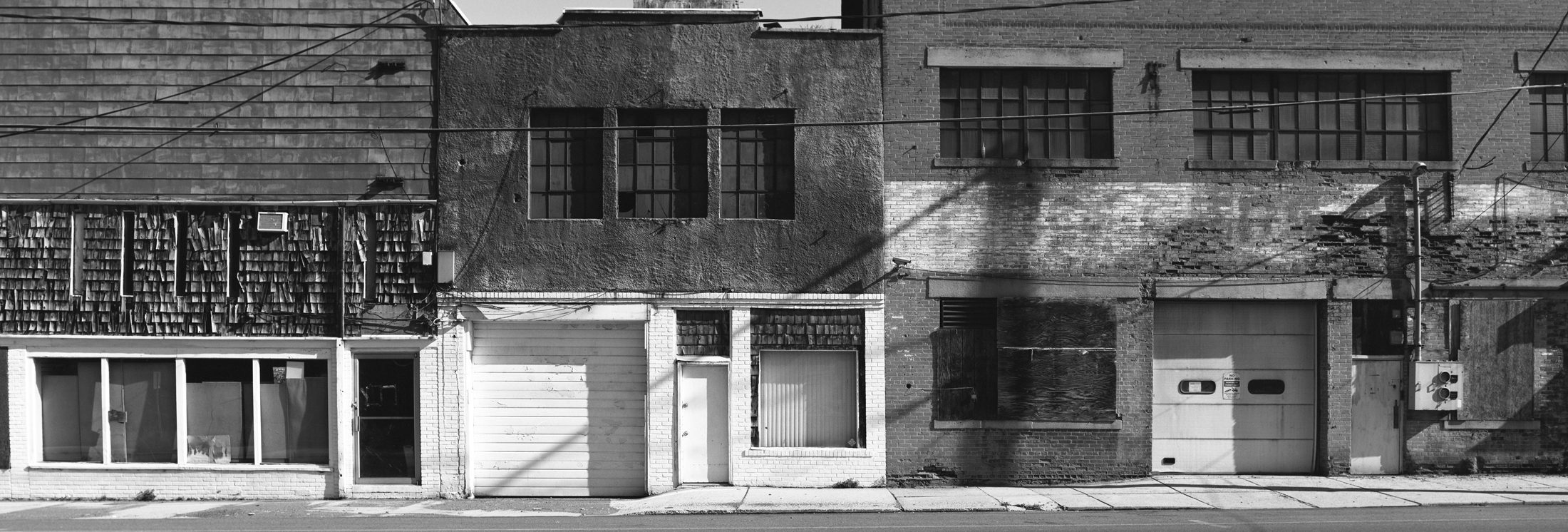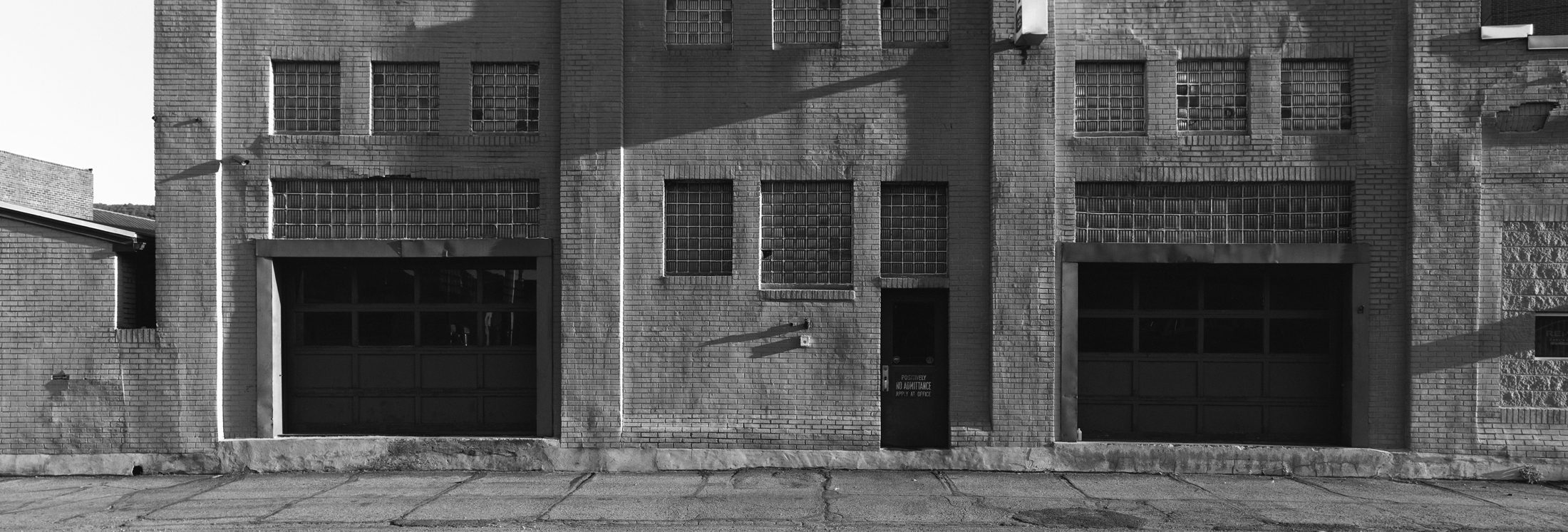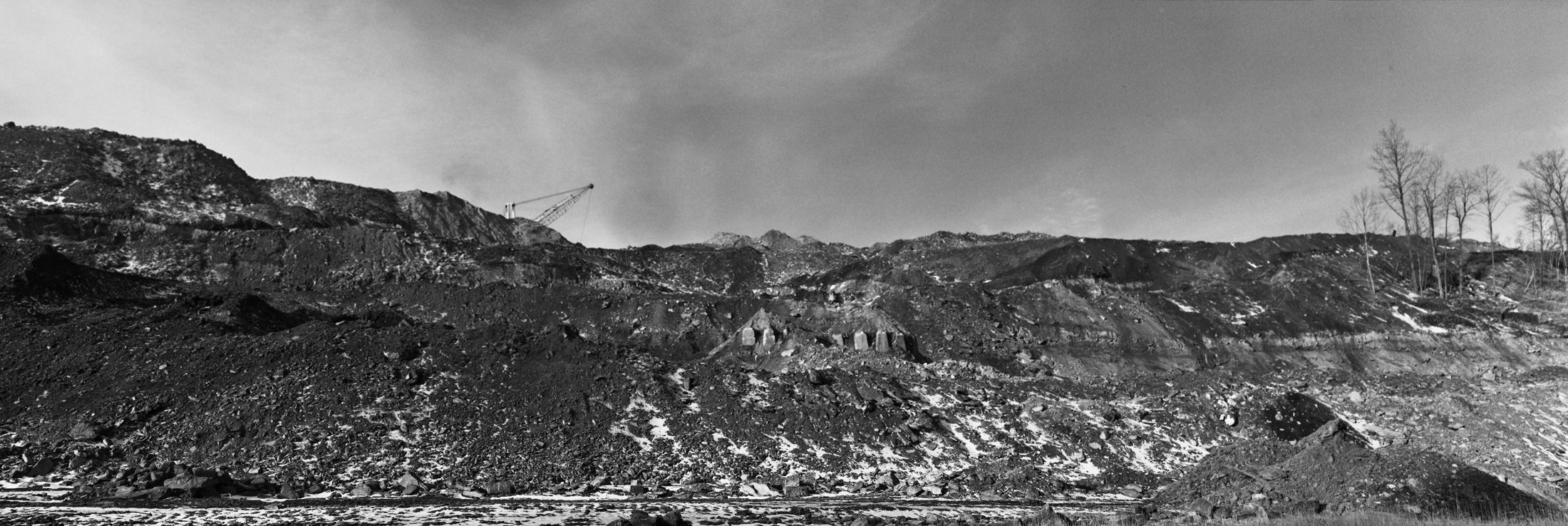The Black Land
Pennsylvania’s Anthracite Coal Region
From an area of a bit more than 1,400 square miles in Northeastern Pennsylvania came the power that fueled the industrial age in America. Anthracite has been taken from the ground for more than two hundred years. It broke the dependency on overseas coal and manufacturing, promoted the building of the first canals and railroads, and initiated the birth of large companies with great economic and political power.
At its peak, America’s first gigantic industry was mining 100 million tons each year with over 180,000 people employed. The coal companies formed the United States’ first cartel and executed the first price fixing. Often, they had their own employee housing and stores. Some hired their own police force.
The coal industry dominated all aspects of life in this region. The social fabric was sewn with the layers of immigrants seeking work in the mines. They unionized and fought the companies in the most dangerous occupation of the day.
These photographs are an interpretation of the anthracite region and its history. Each photograph represents a part of the flavor of what is the coal region of Pennsylvania. Each picture has history behind it and alludes to a piece of the total story.
“One Hook Per Man”
Shamokin, PA
Shrine
Byrnesville, PA
Backyard Coal Breaker
Shamokin, PA
John Siney’s Grave
Saint Clair, PA
“Pray” – Mine Building
Harwood, PA
Wooden Pipe
Jeddo, PA
Mine Fire Exhaust
Centralia, PA
Haunted Grotto
Heckscherville, PA
Hopper Car
Locust Summit, PA
Coal Breaker Rollers
Locust Summit, PA
Mine Waste and Cloud
Beaver Brook, PA
Mahanoy Plane Engine House
Frackville, PA
Abandoned Church
Excelsior, PA
Miner’s Homes
Mahanoy City, PA
Coal Brook Power House
Carbondale, PA
Locust Summit Breaker
Locust Summit, PA
Mine Entrance
Off the Side of a Road, PA
House of God
Centralia, PA
Exposed Mine Shaft
Locust Summit, PA
Gangway
Lansford, PA
Hereditament
The structures stand proud, as if they remember the years of prosperous, tight knit community, but are saddened by those memories fading in the current economic challenges that the area faces. Companies bankrupt, churches close, homes abandoned but the municipalities often cannot fund the removal of these decaying properties.
